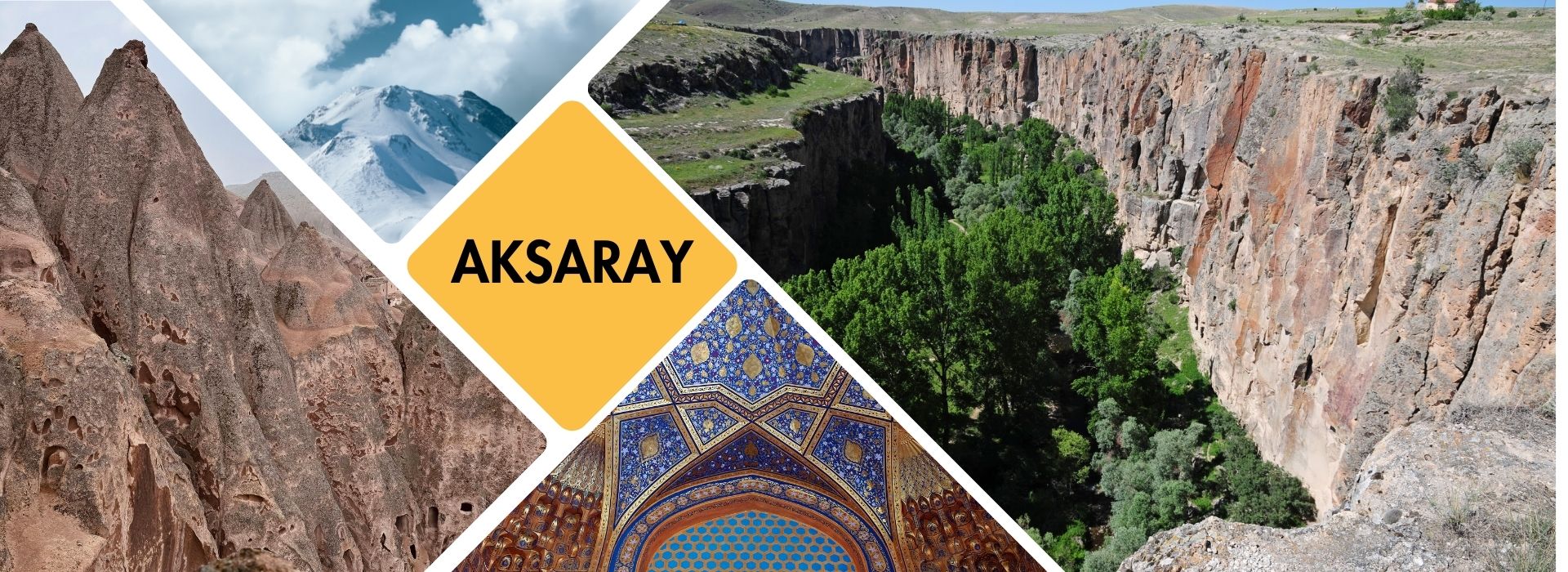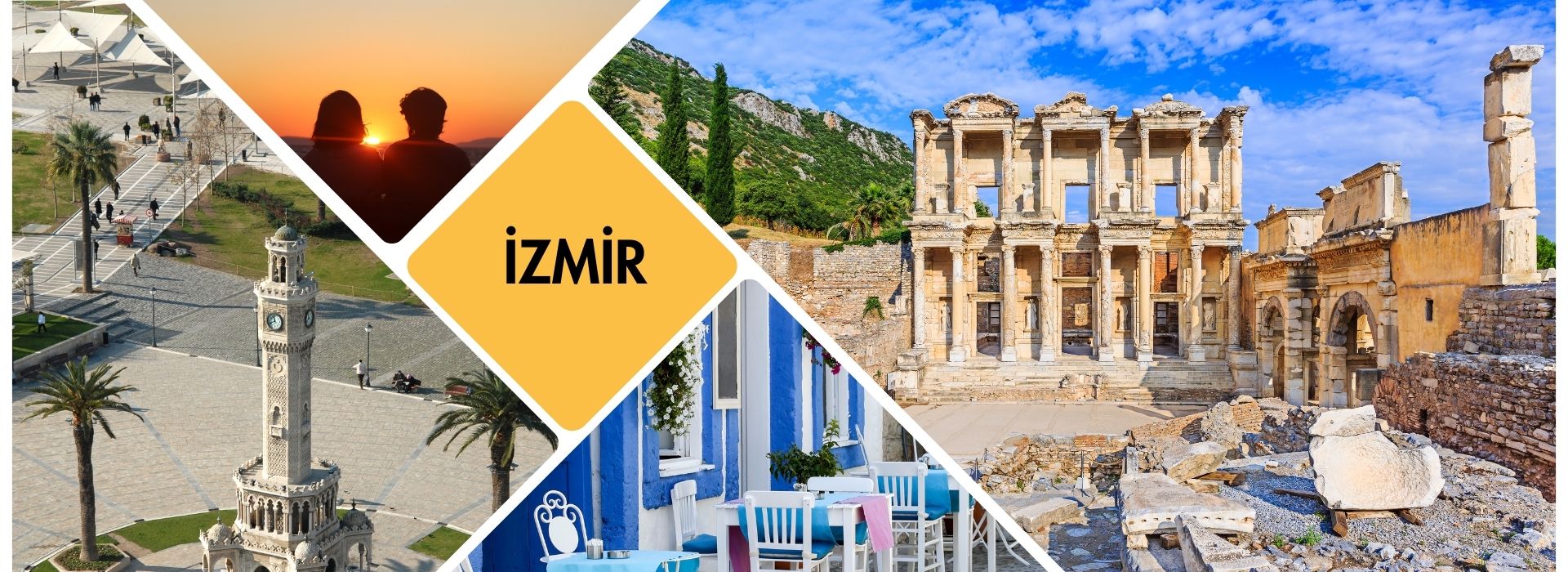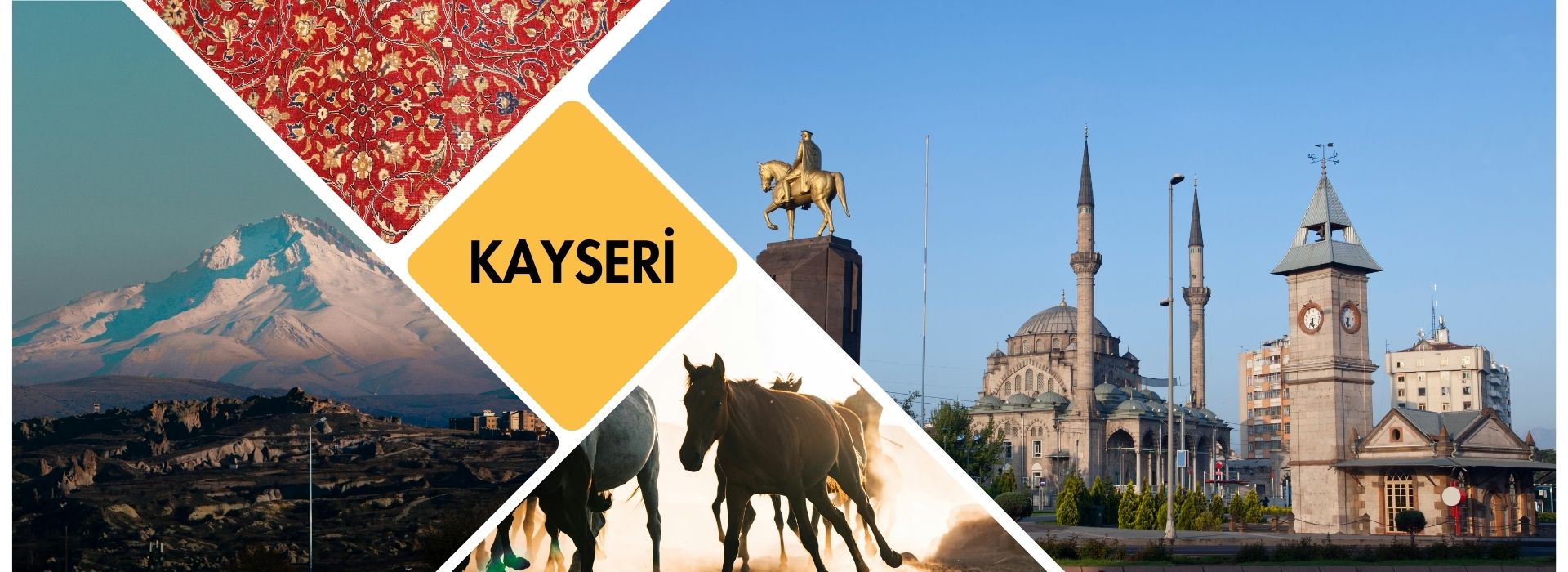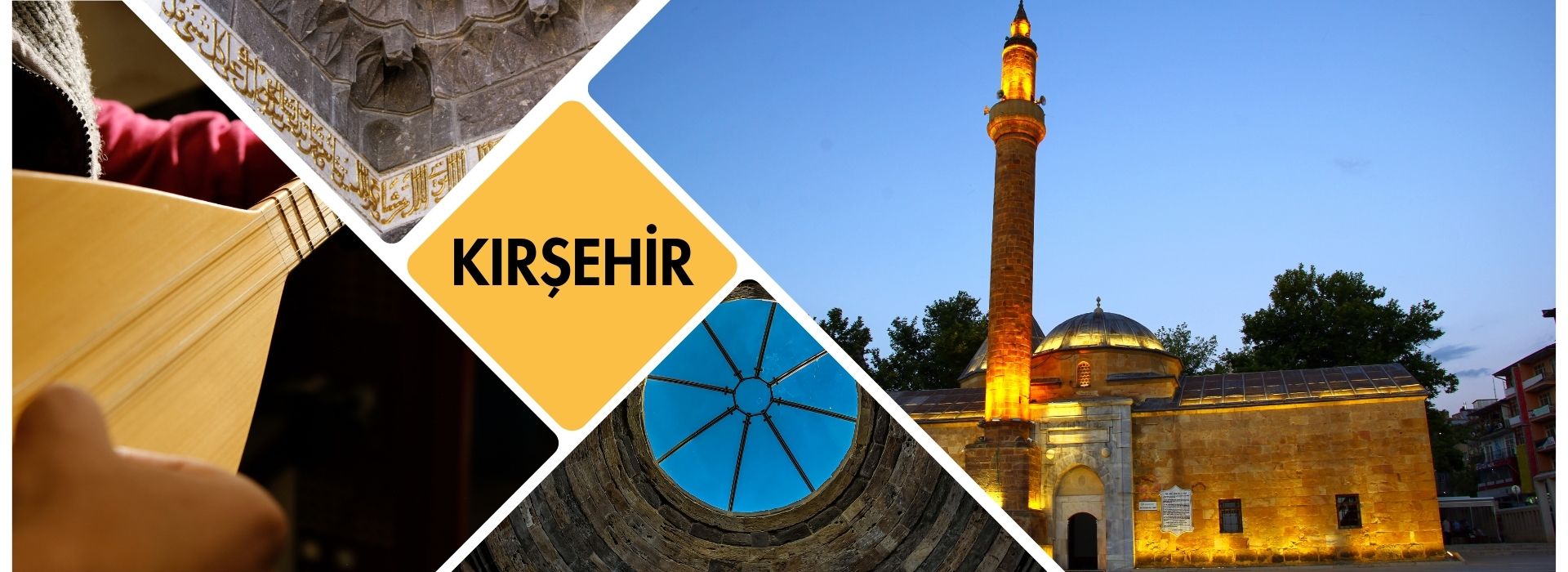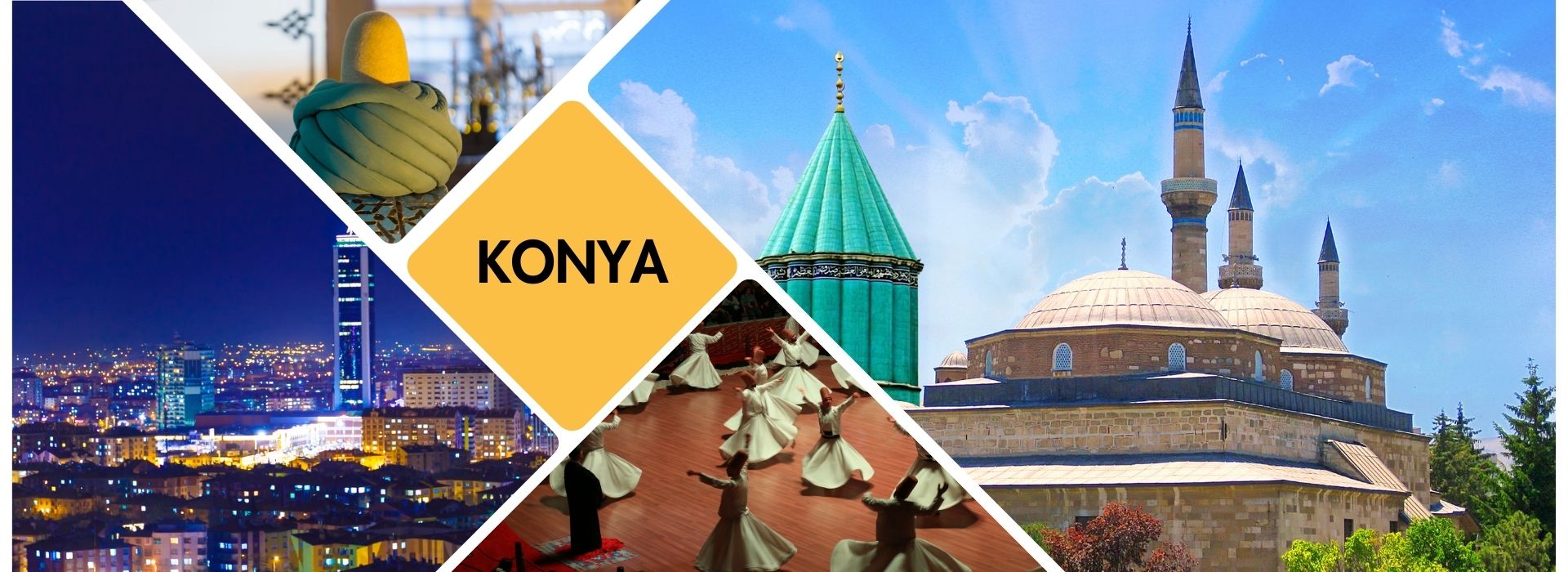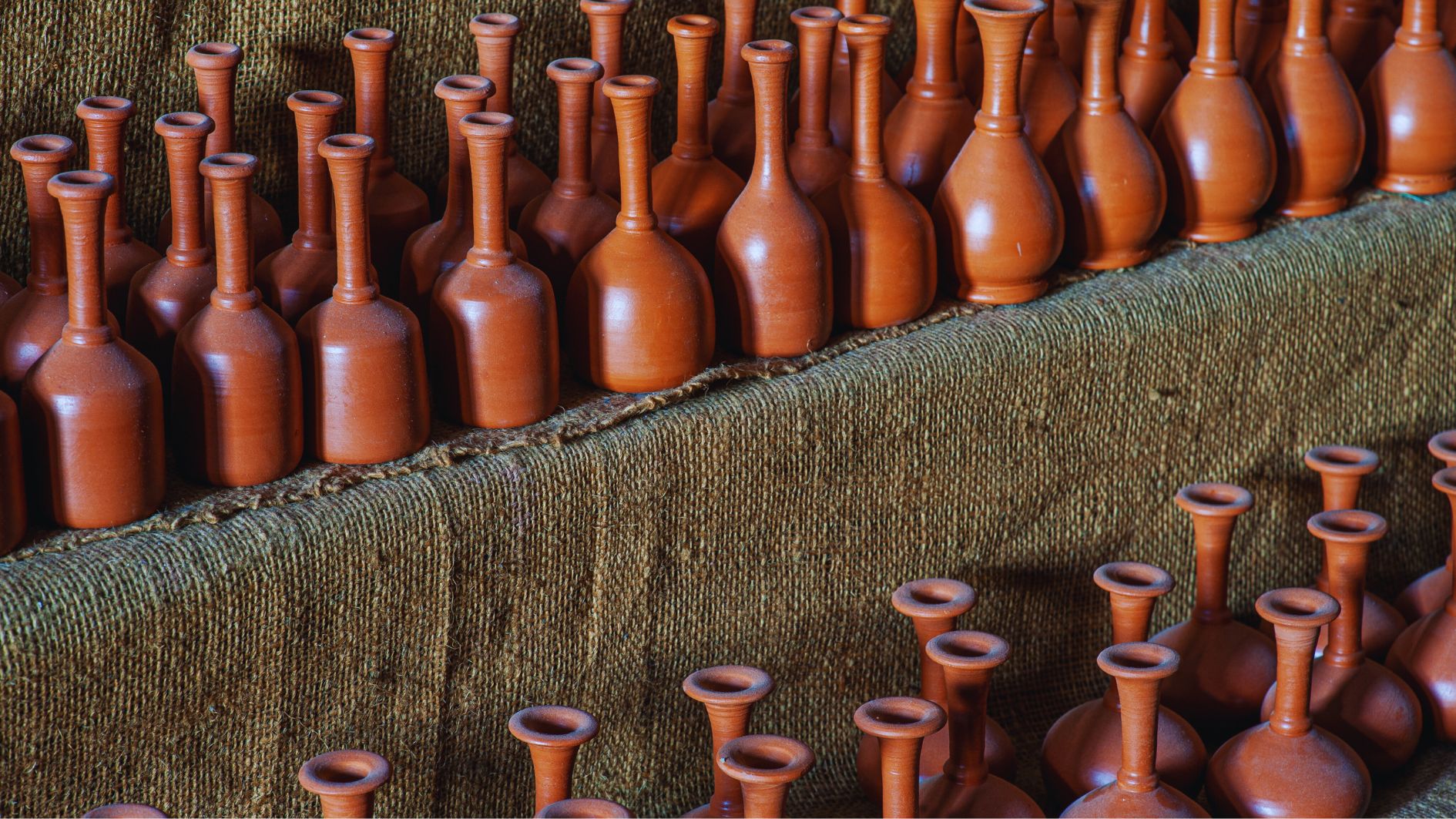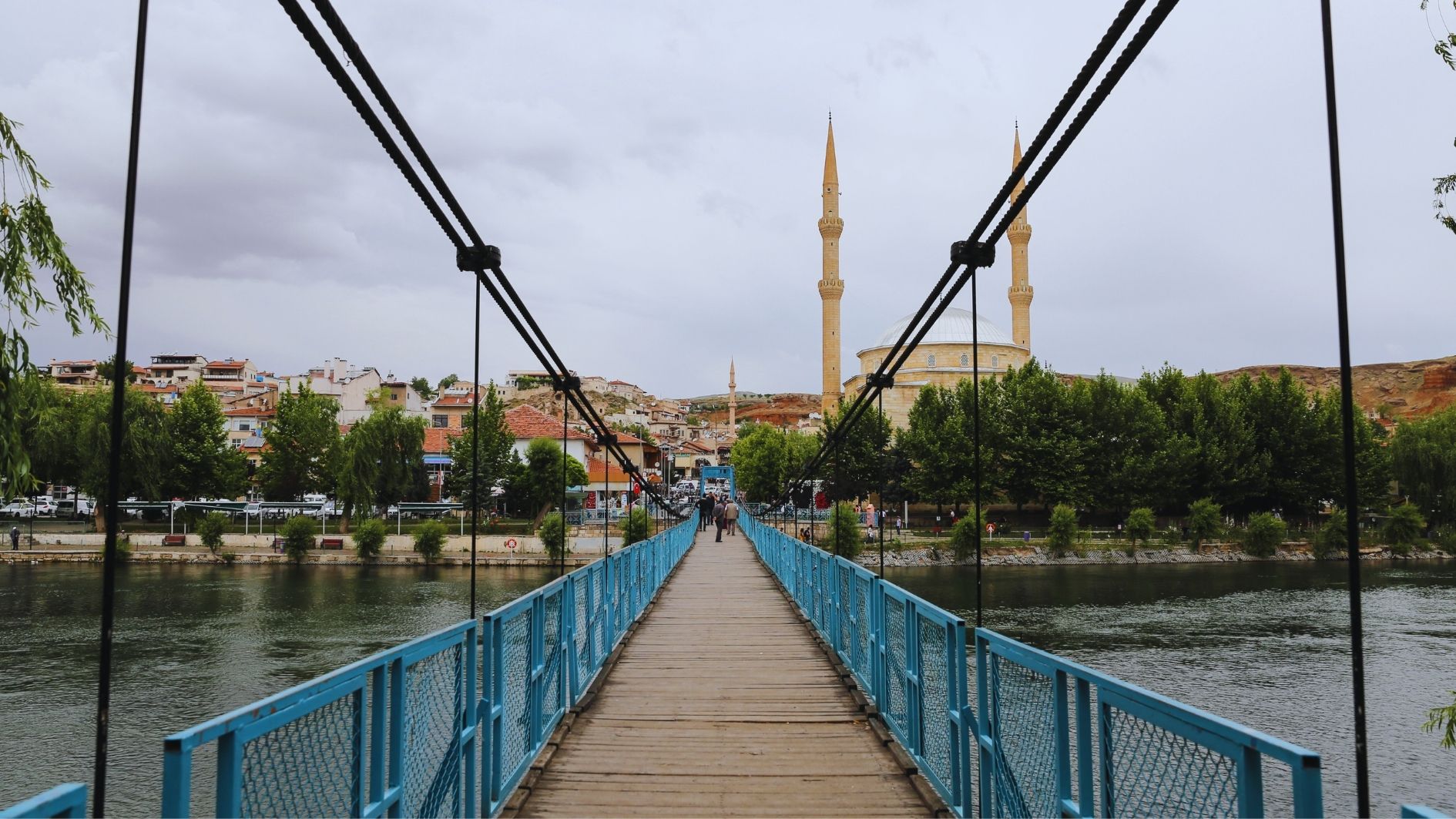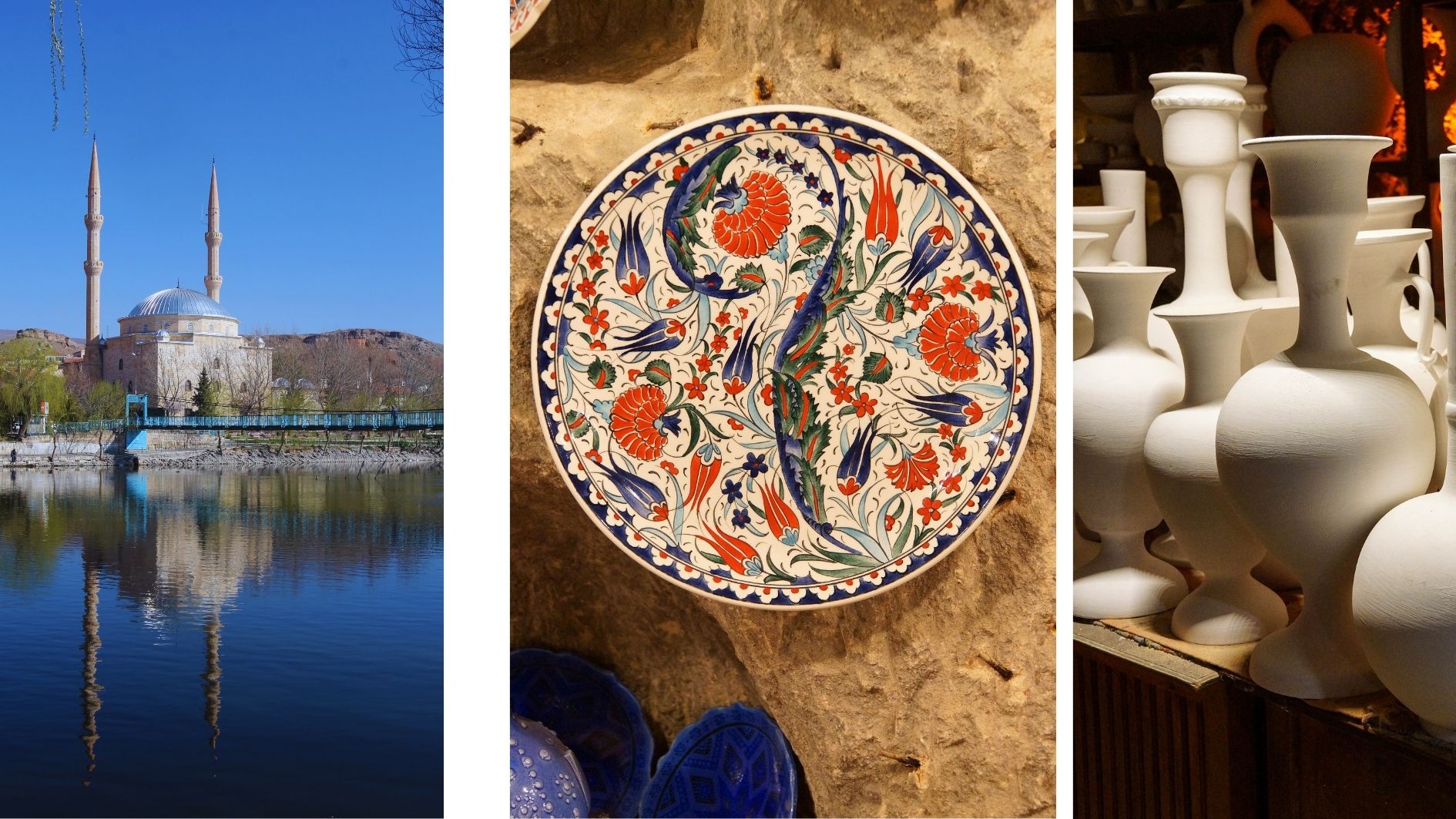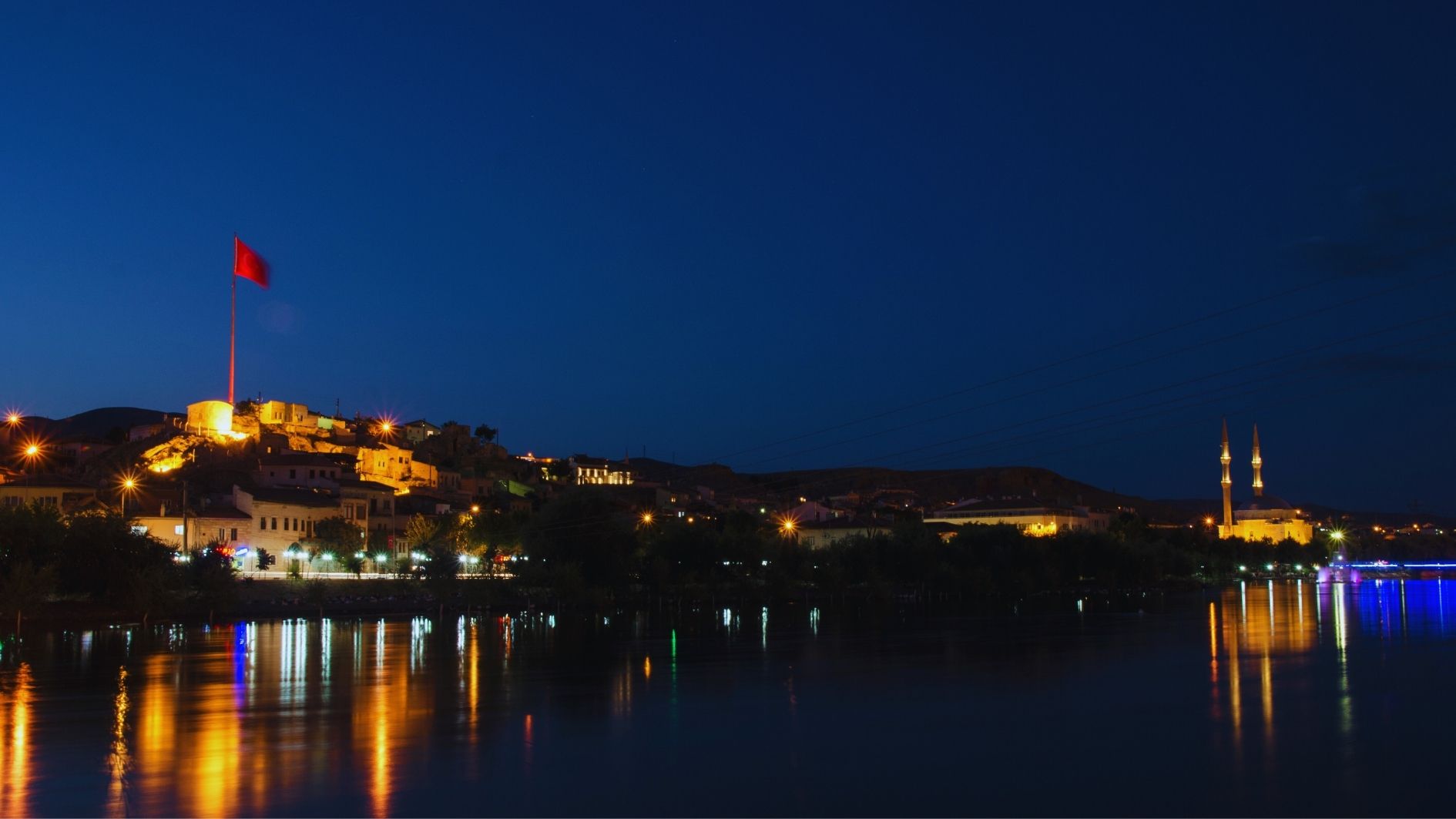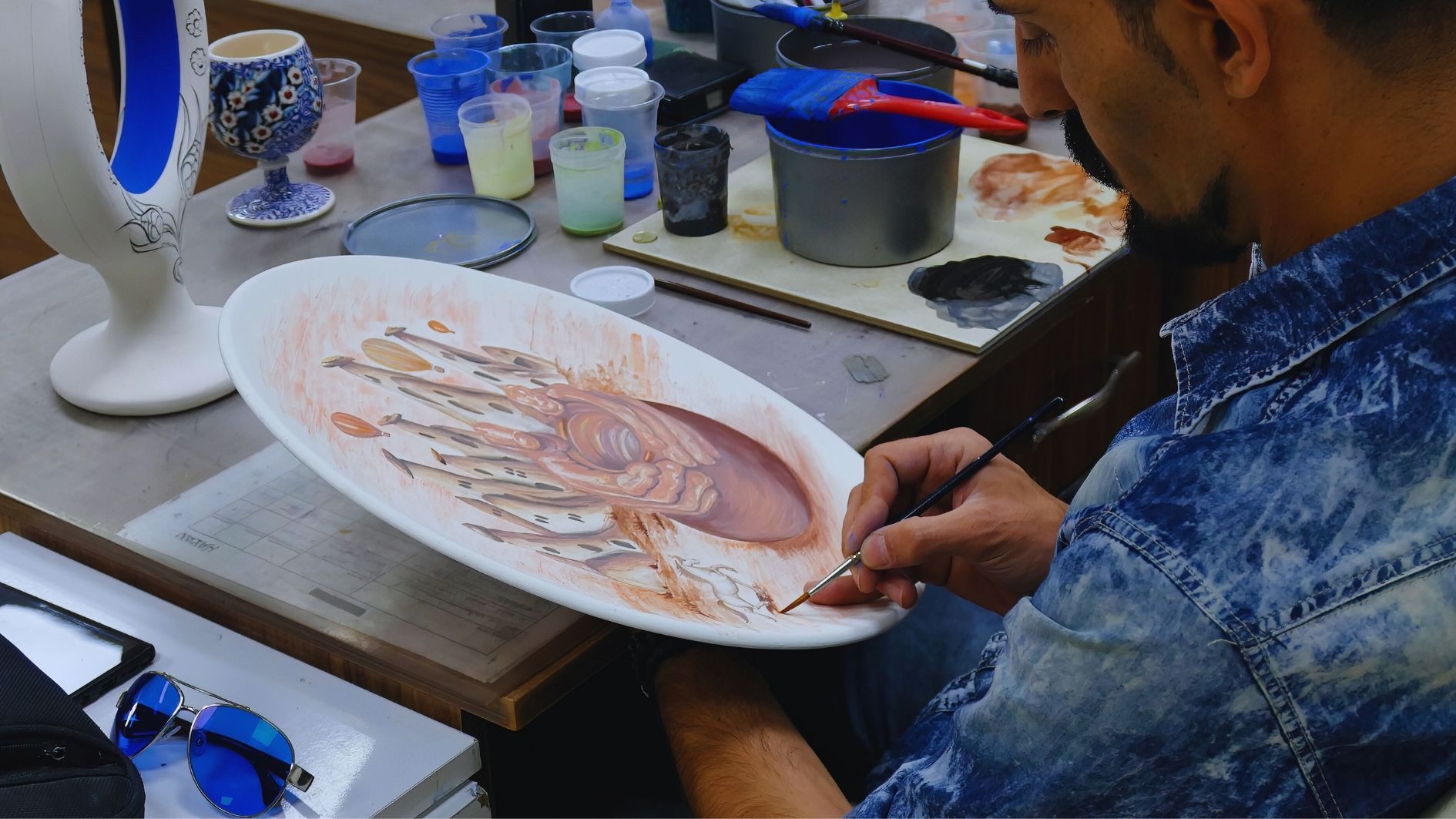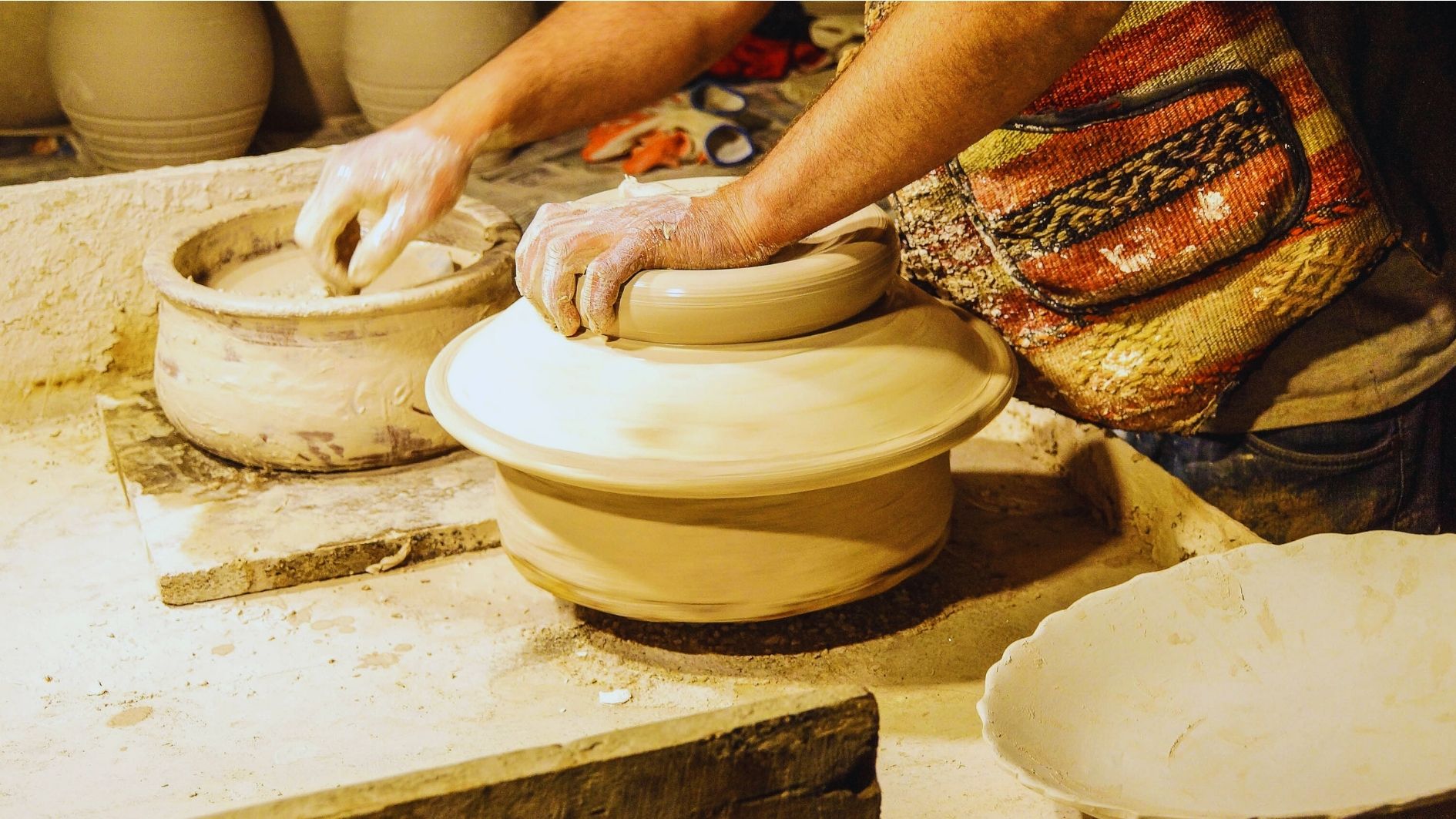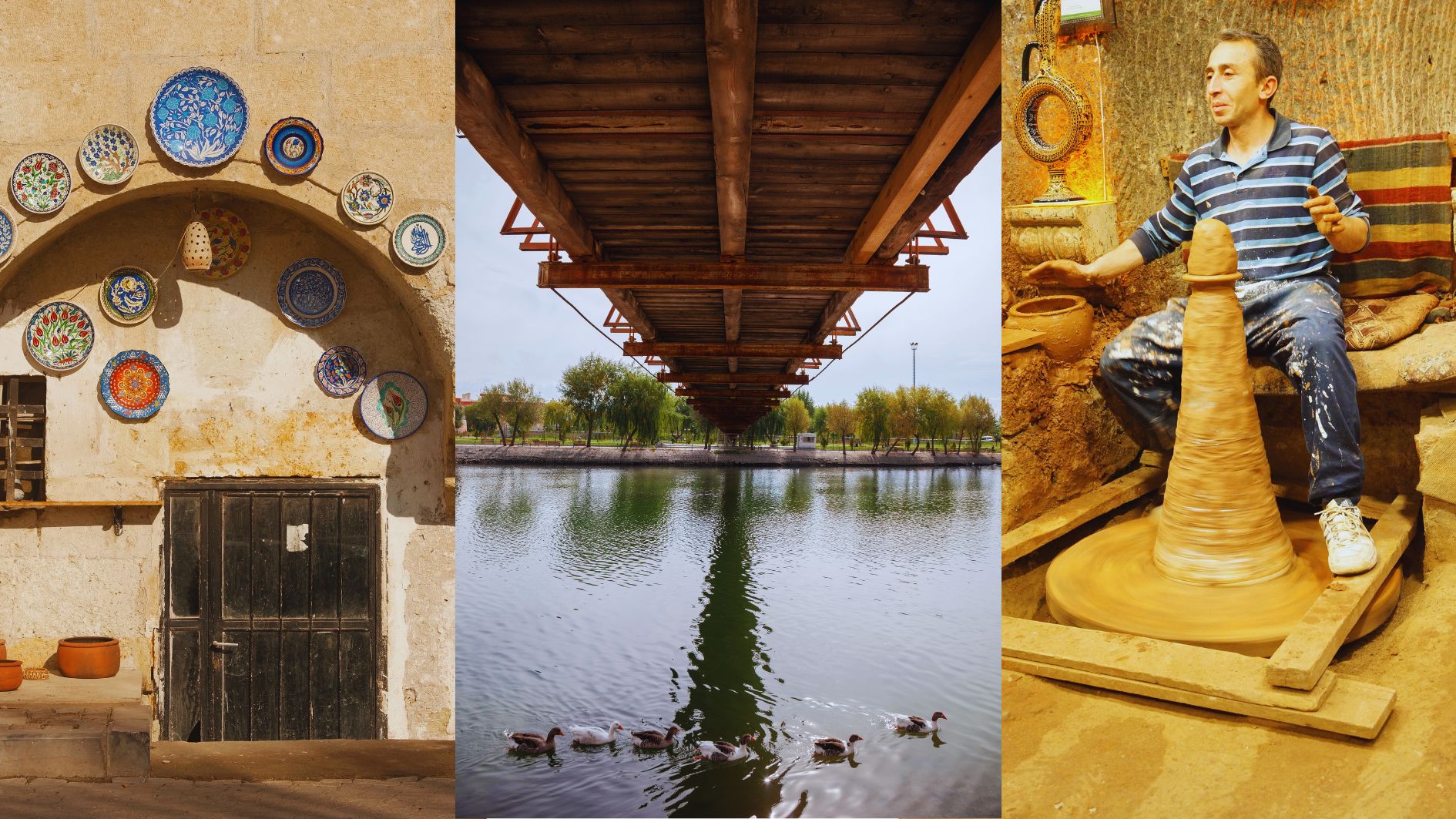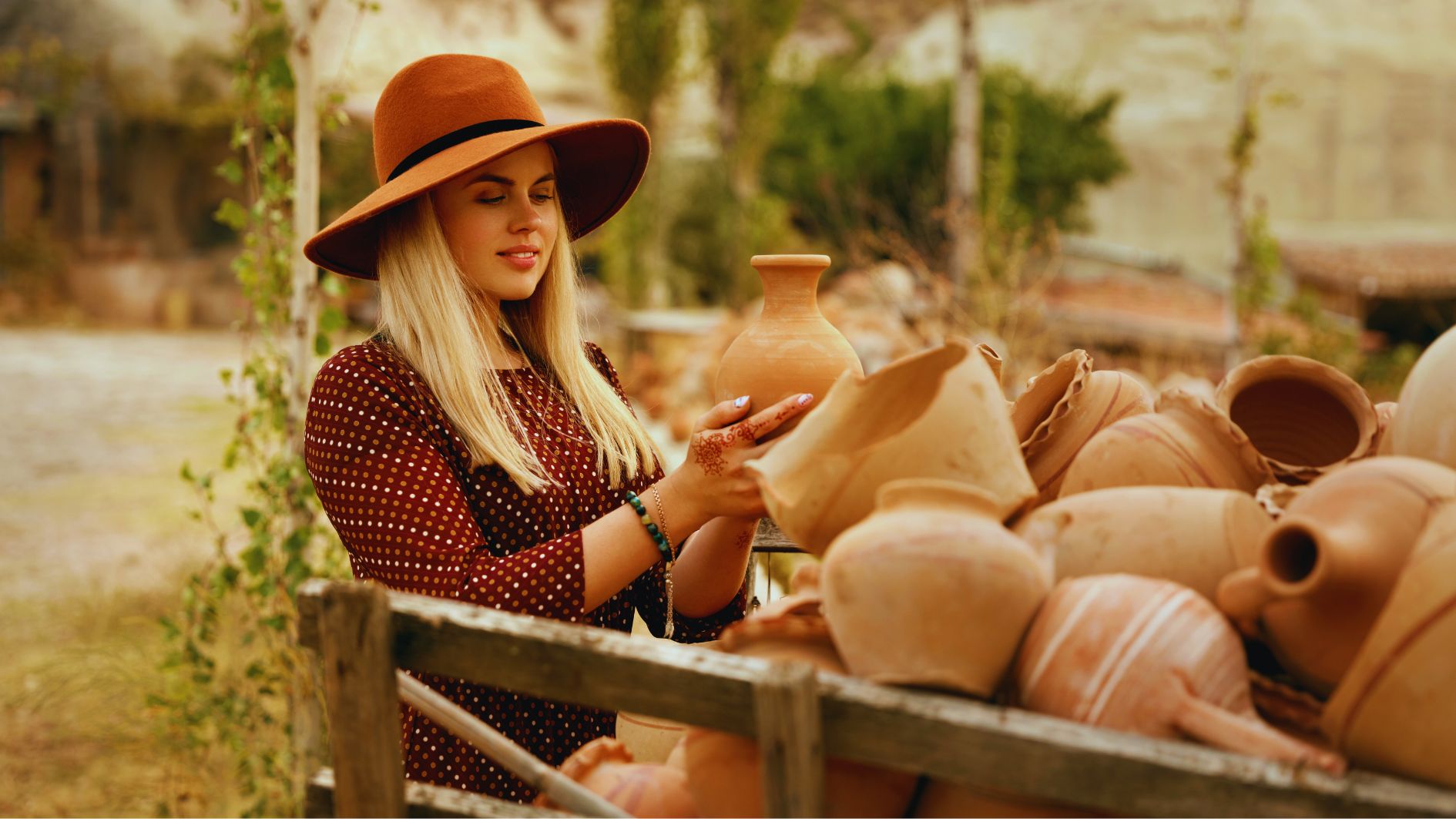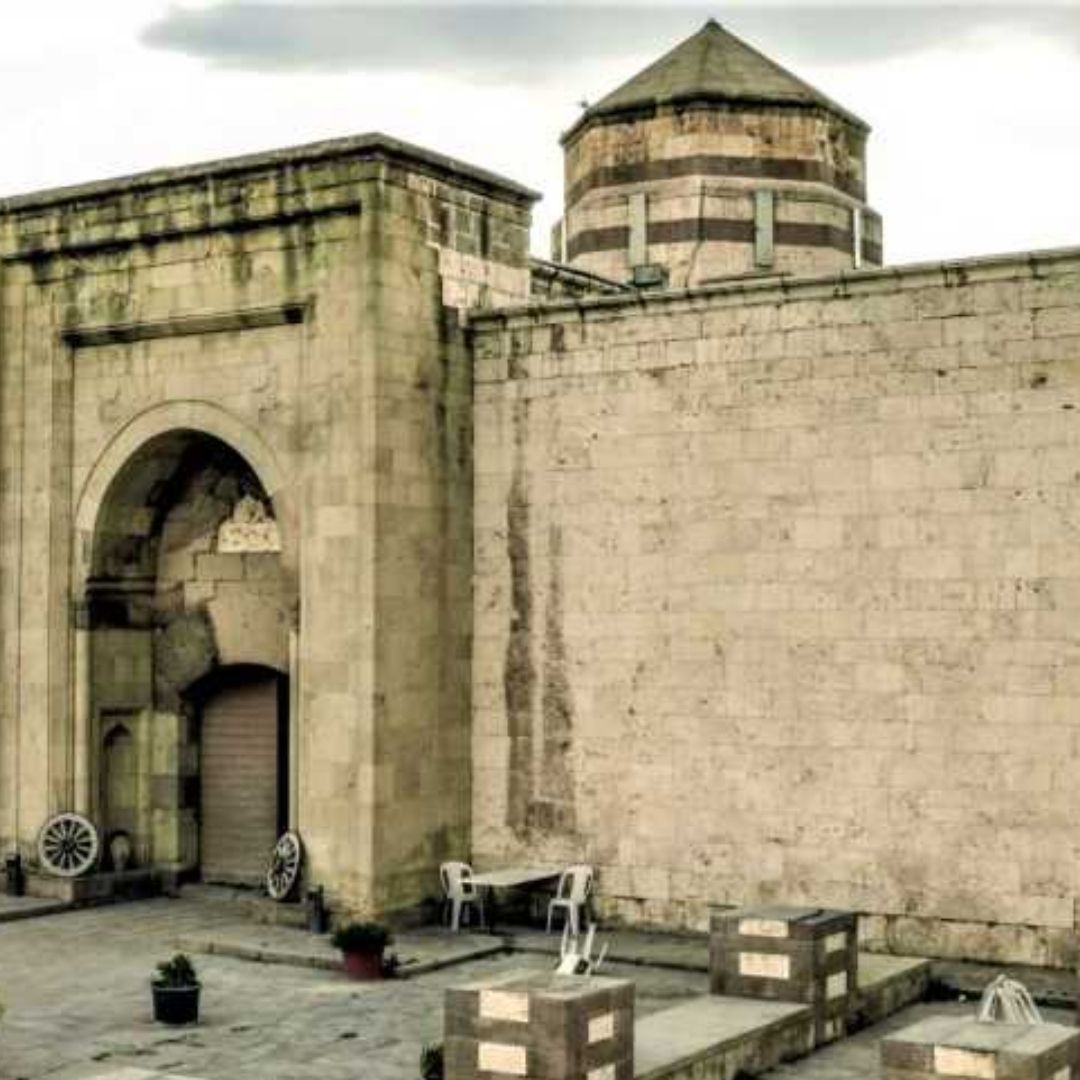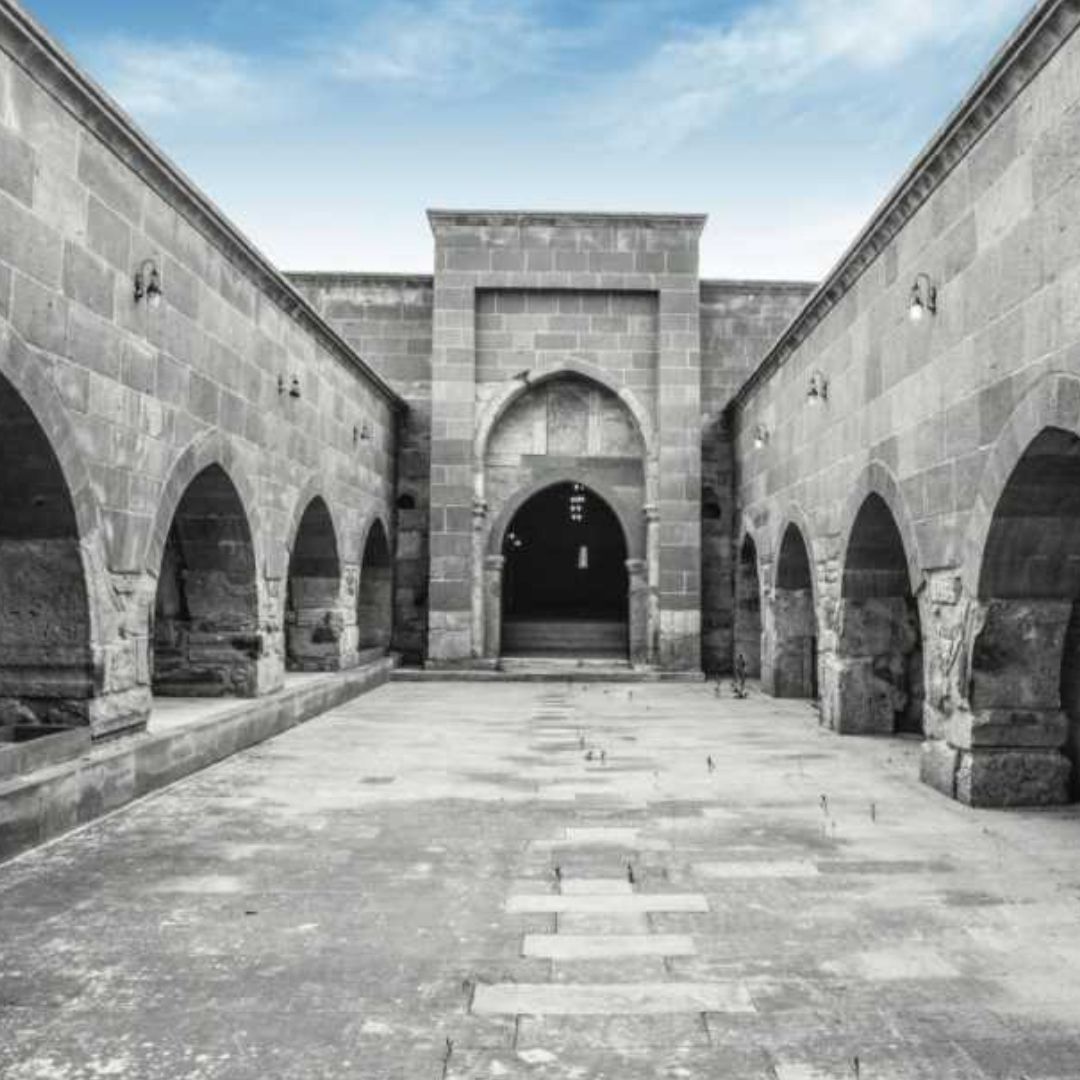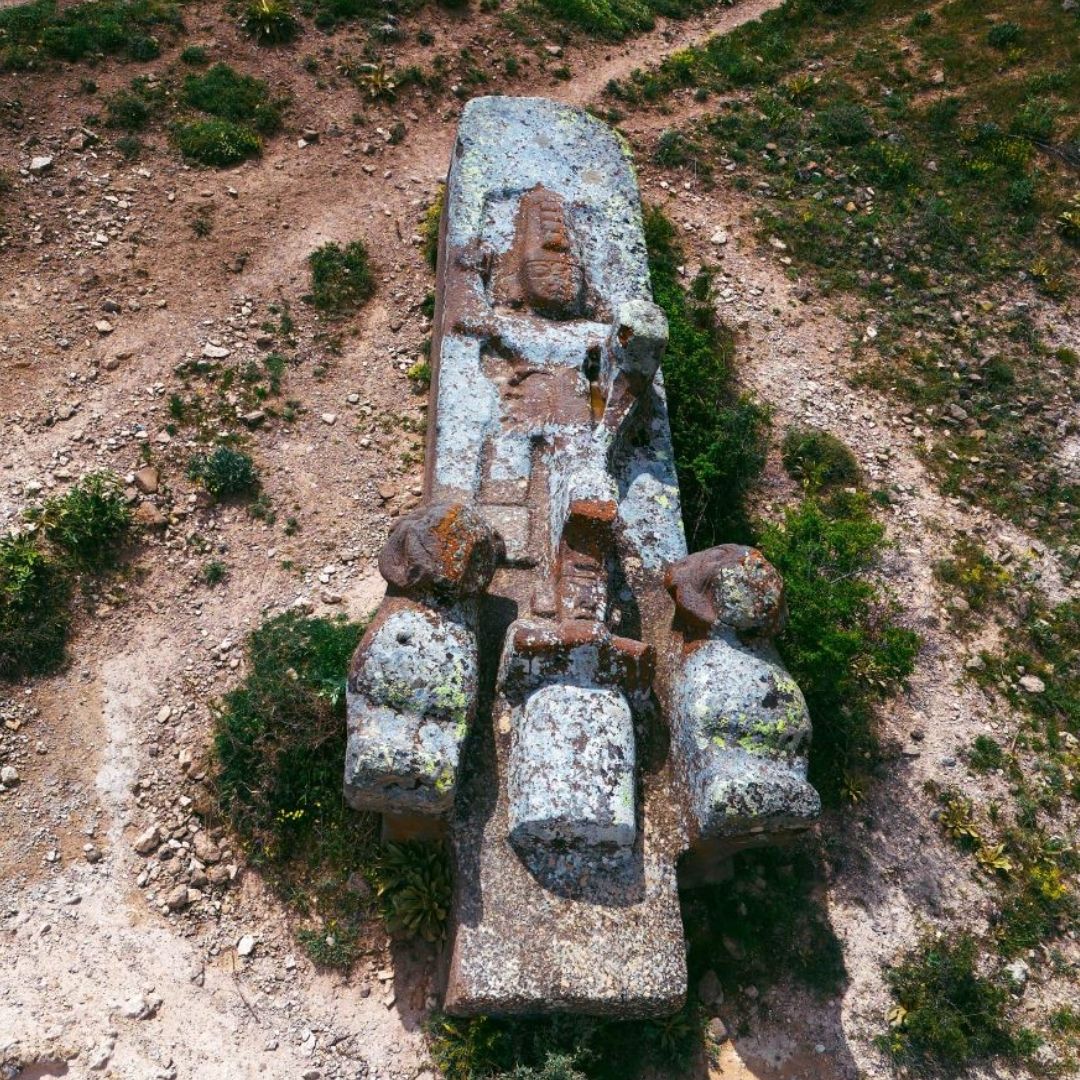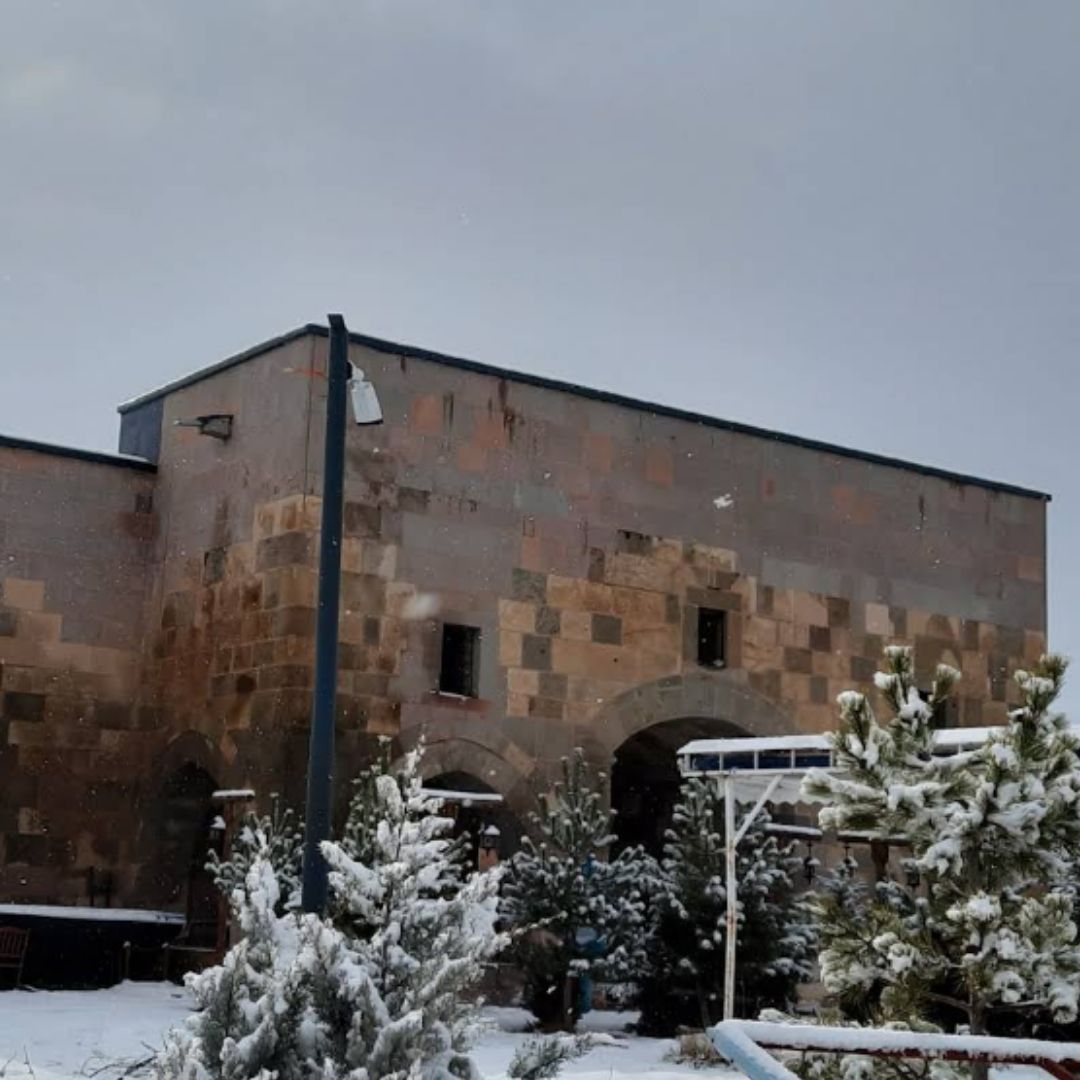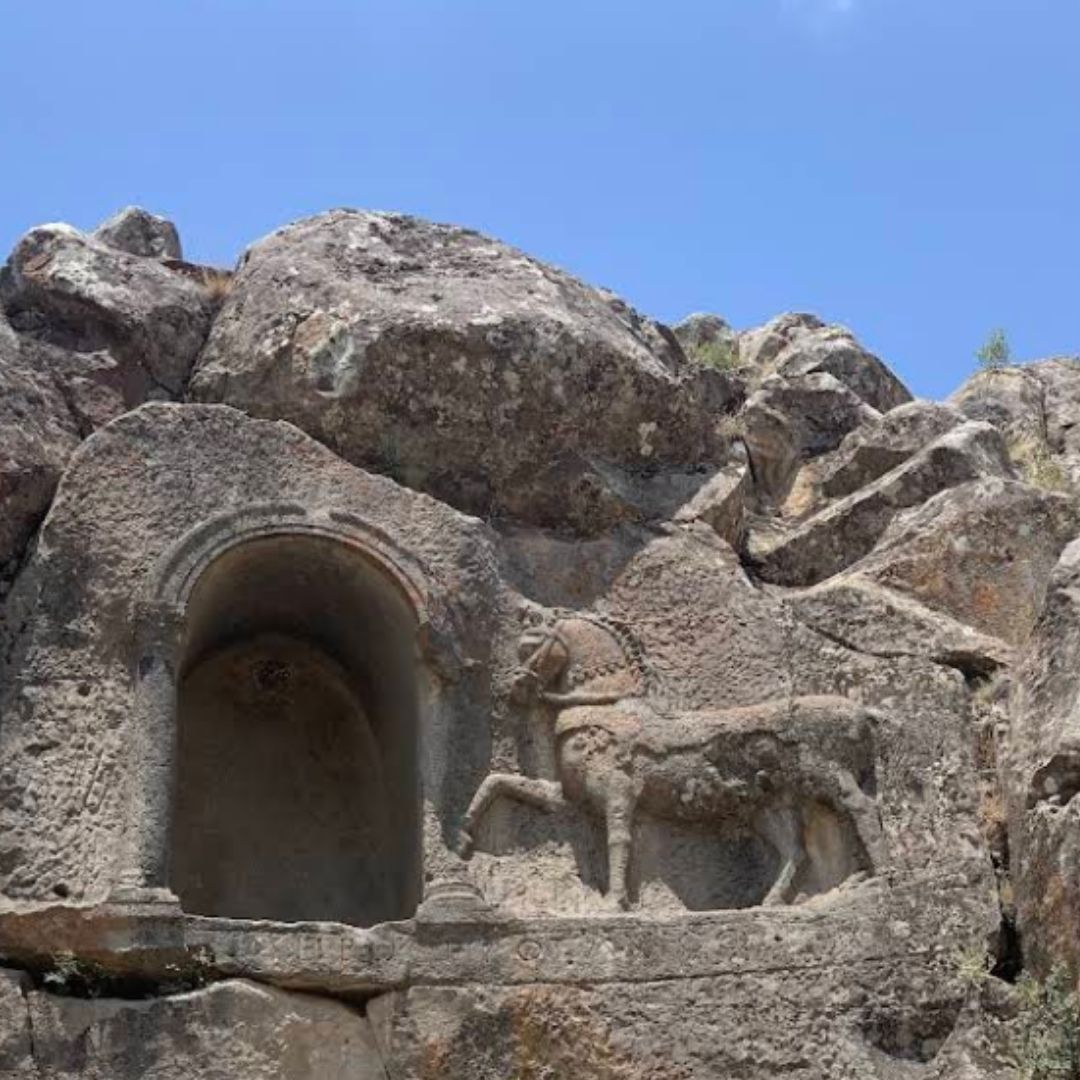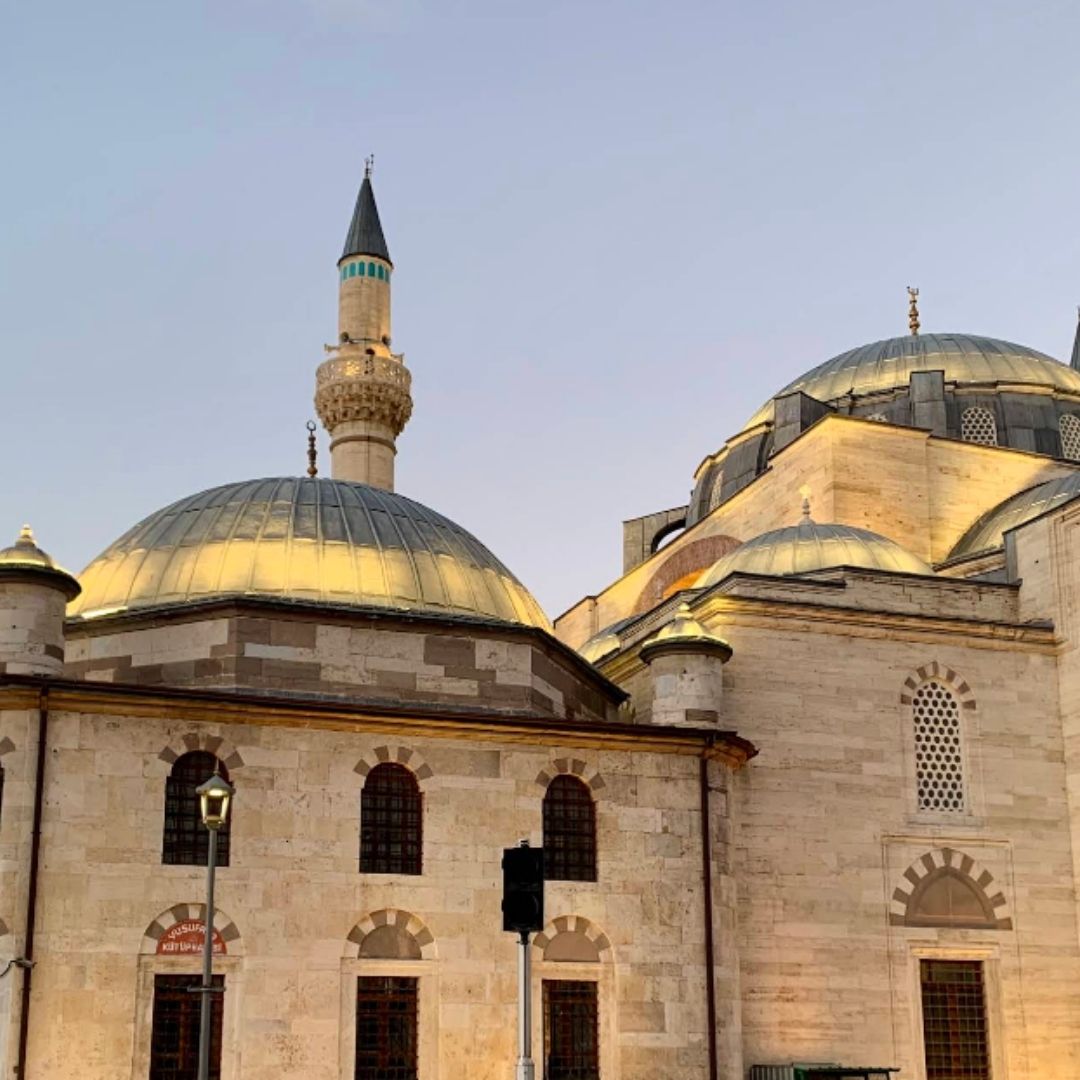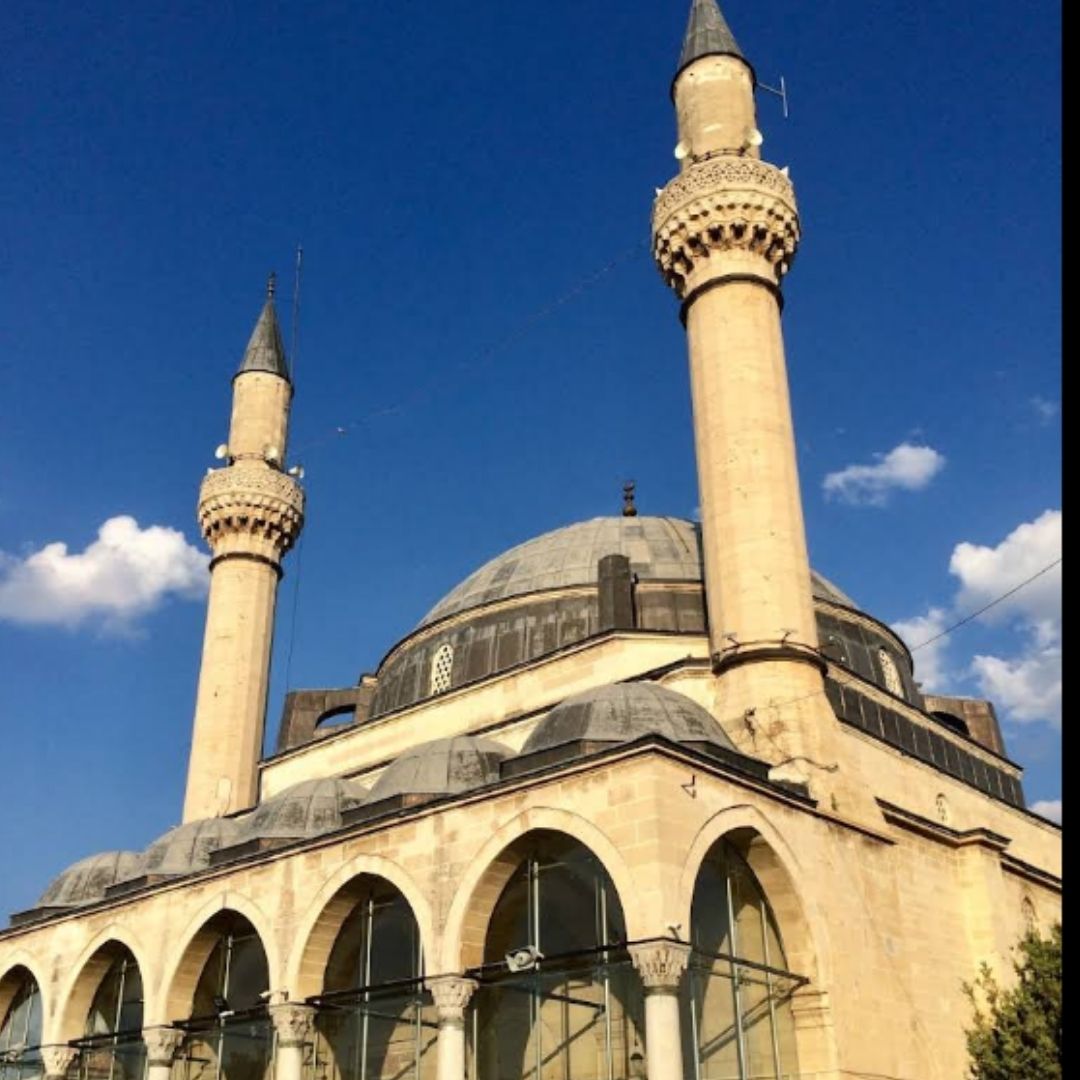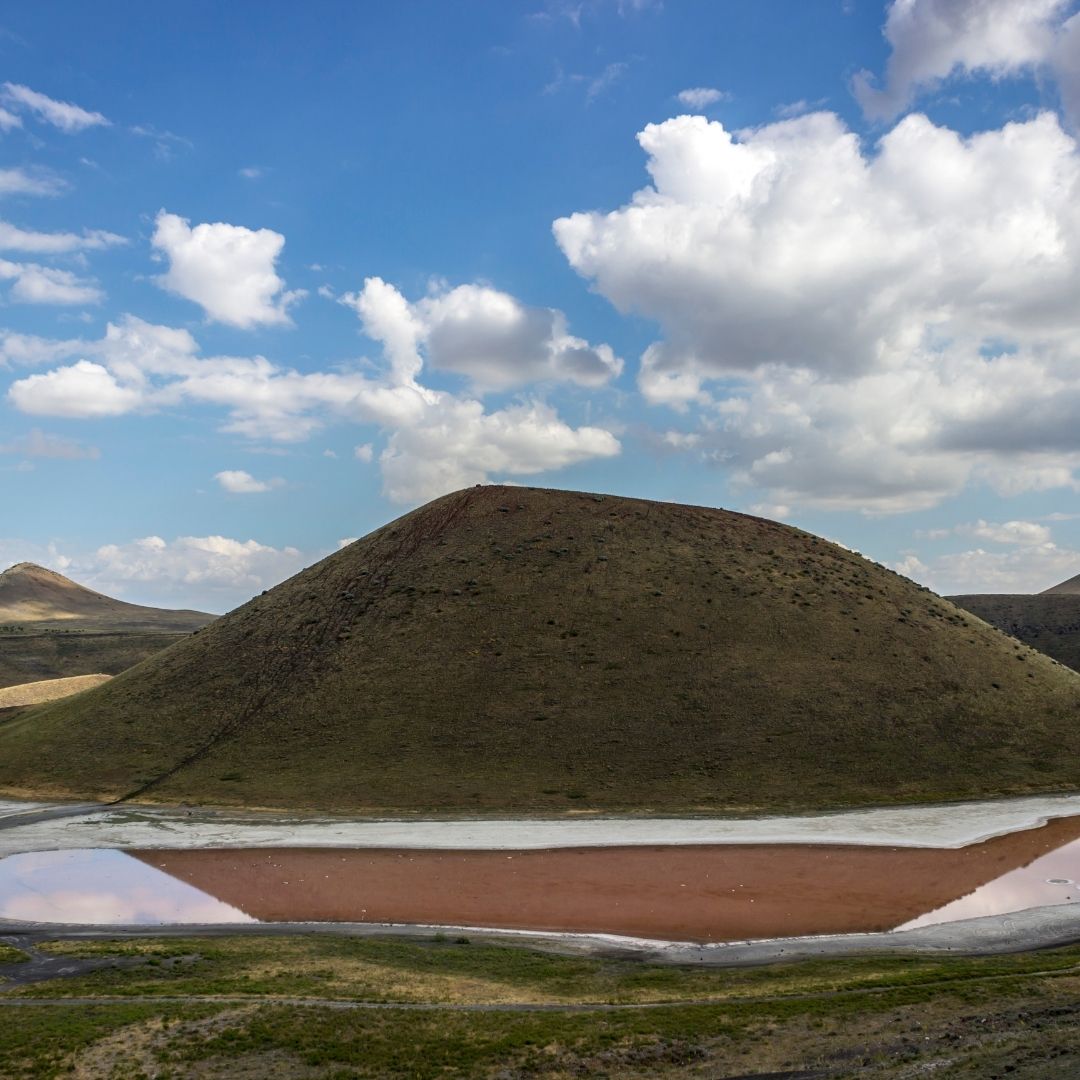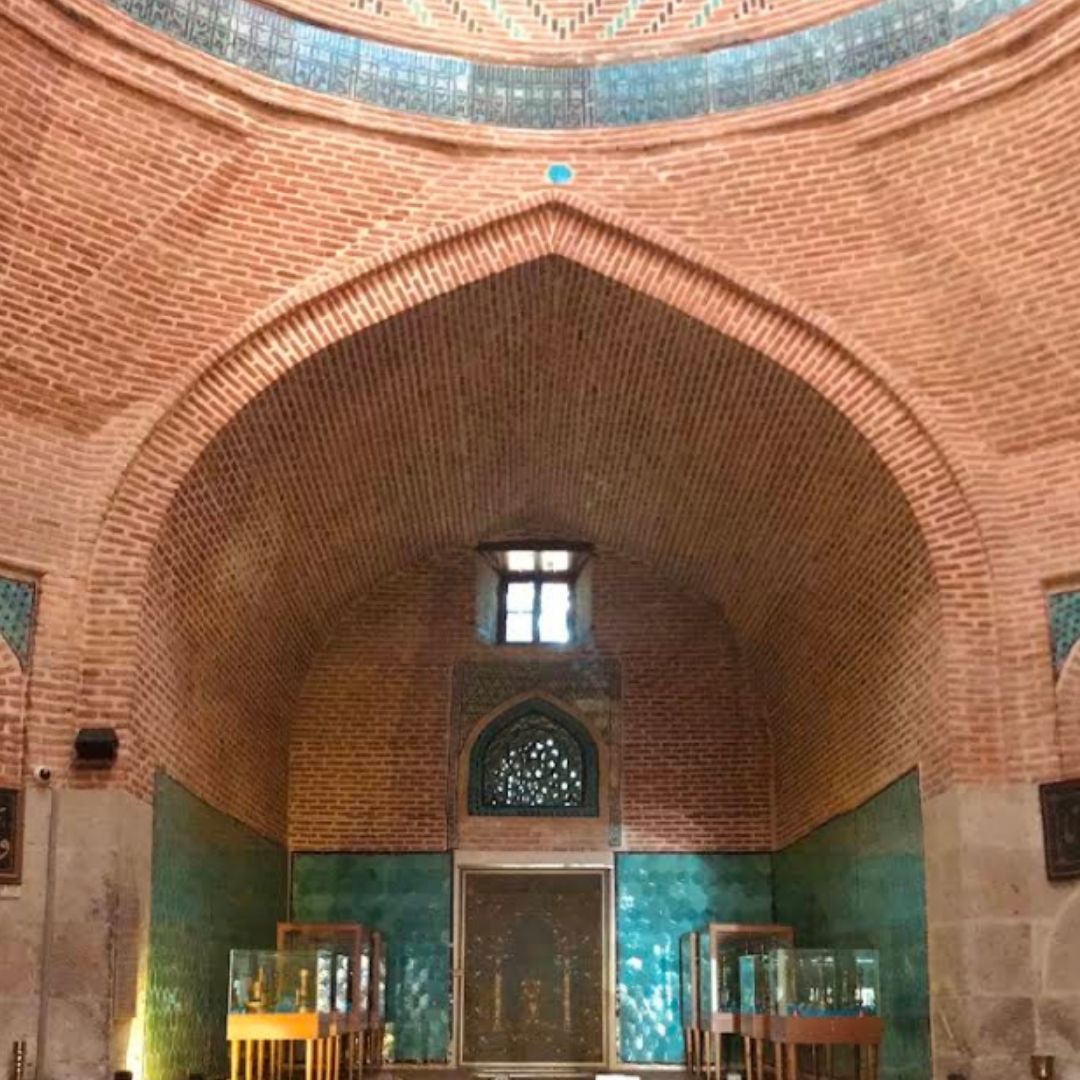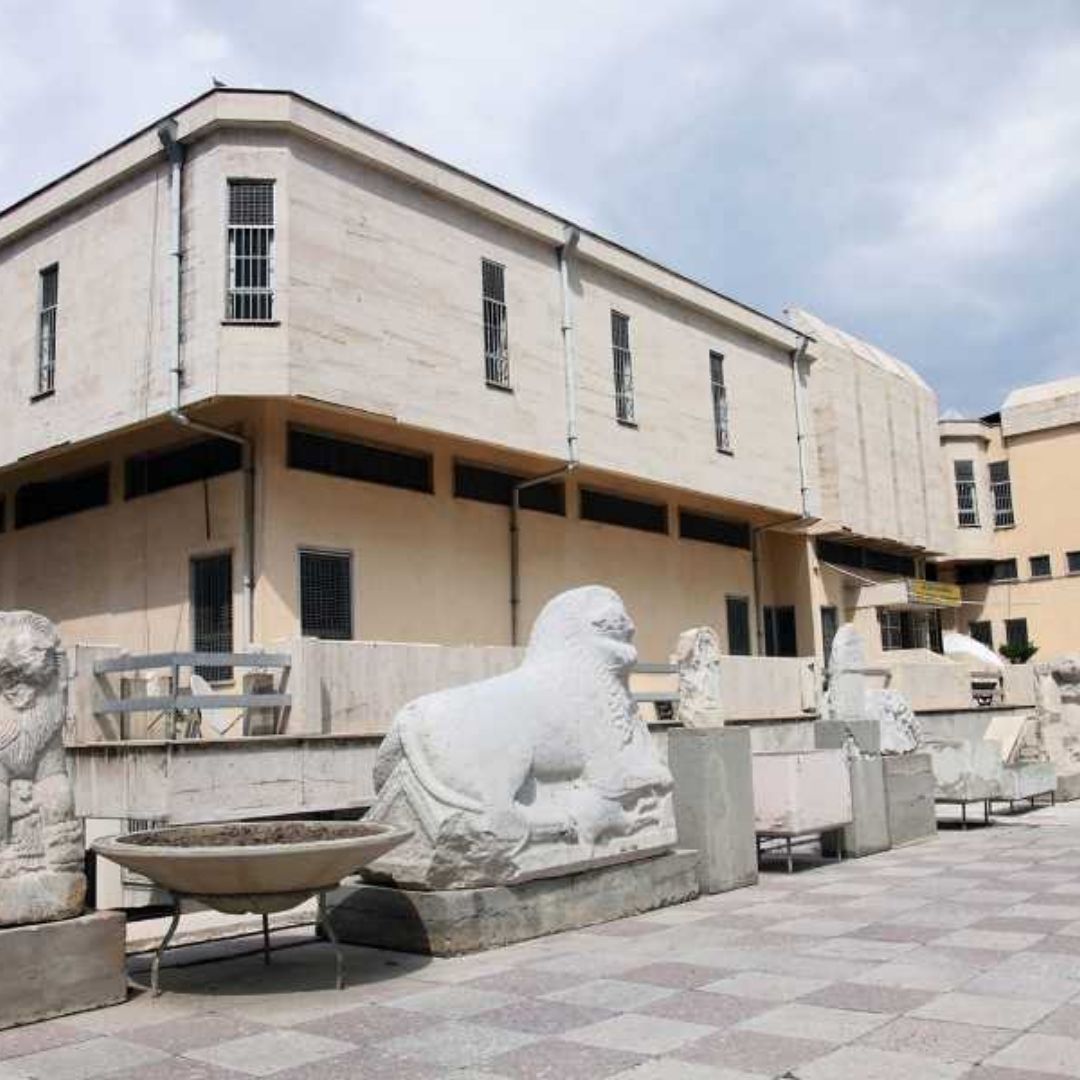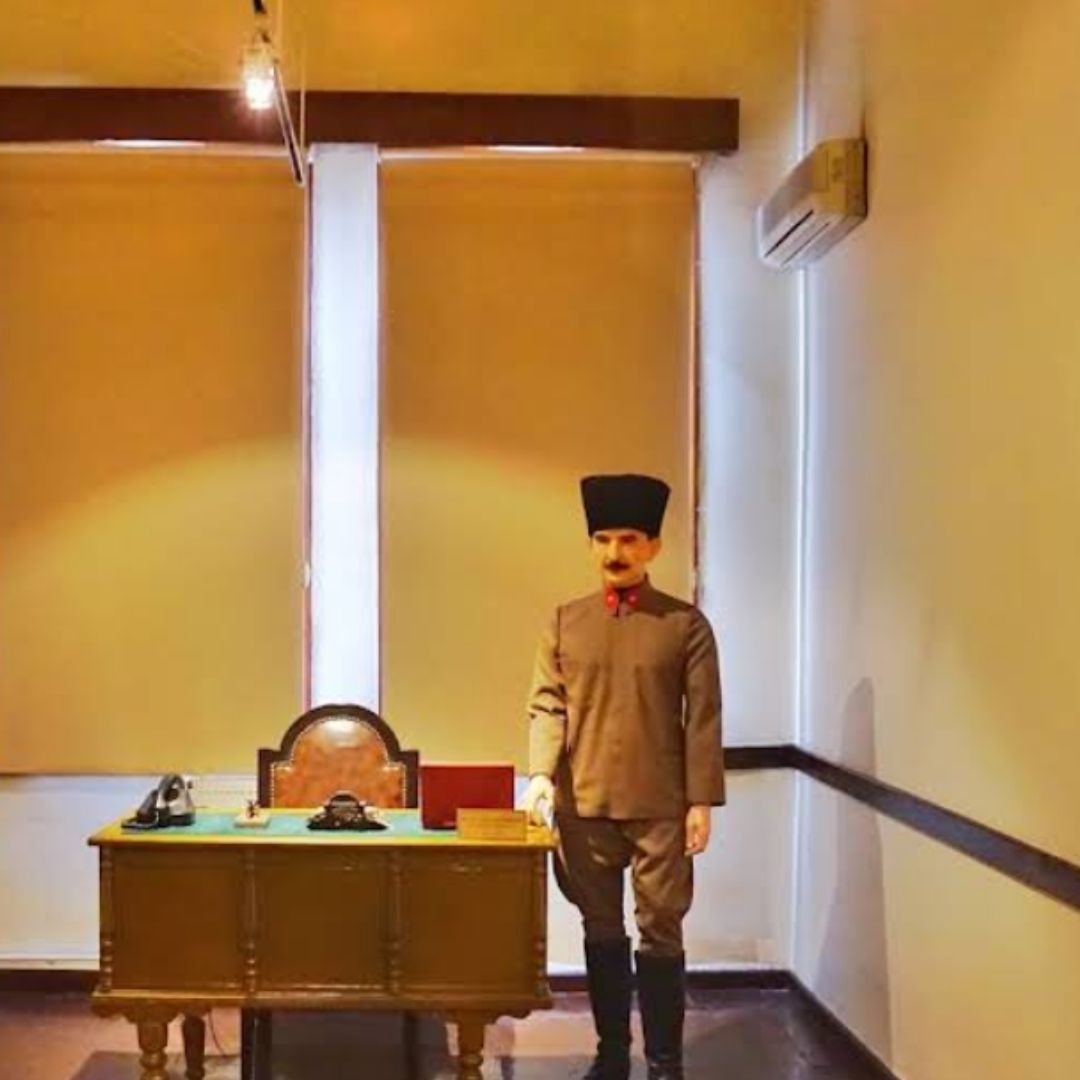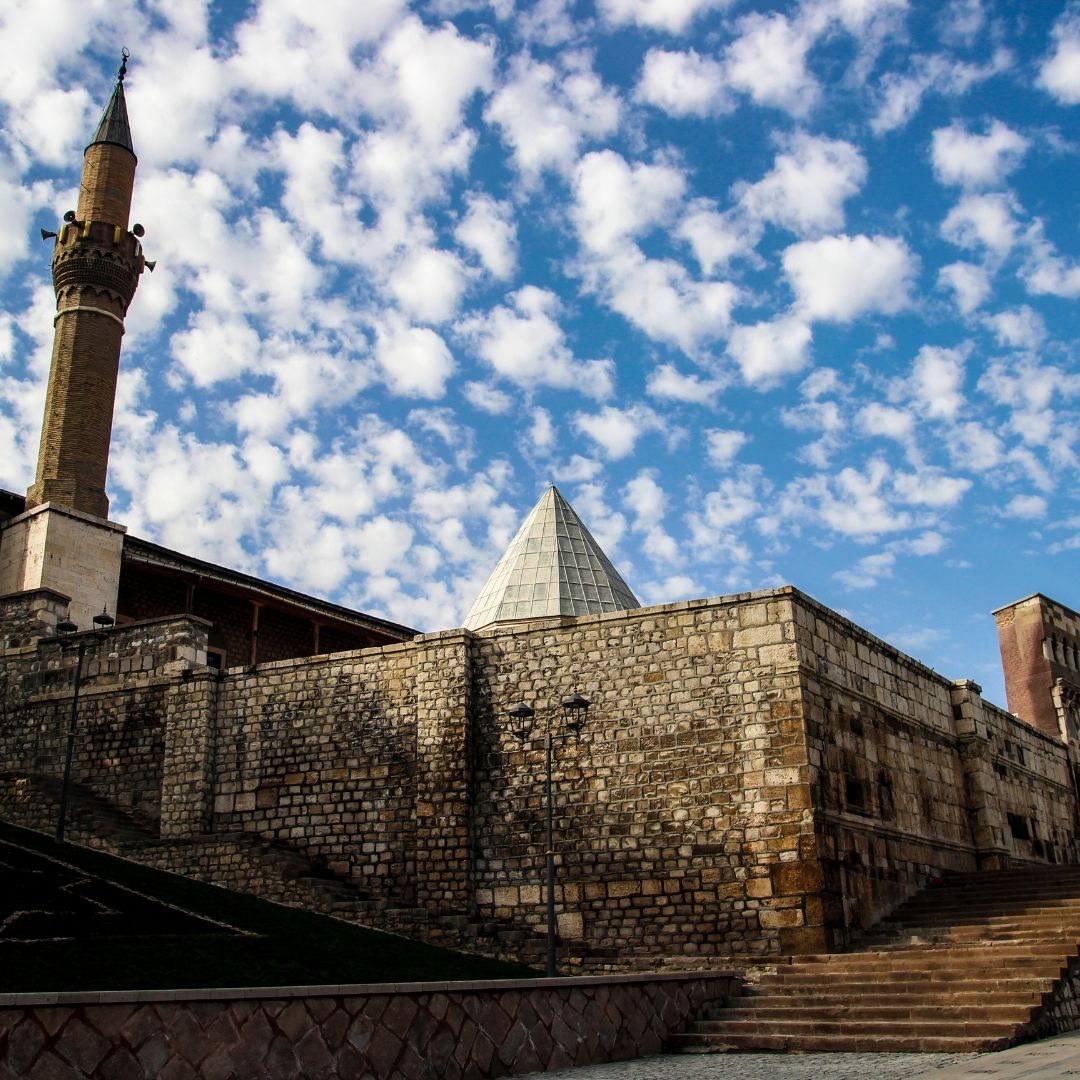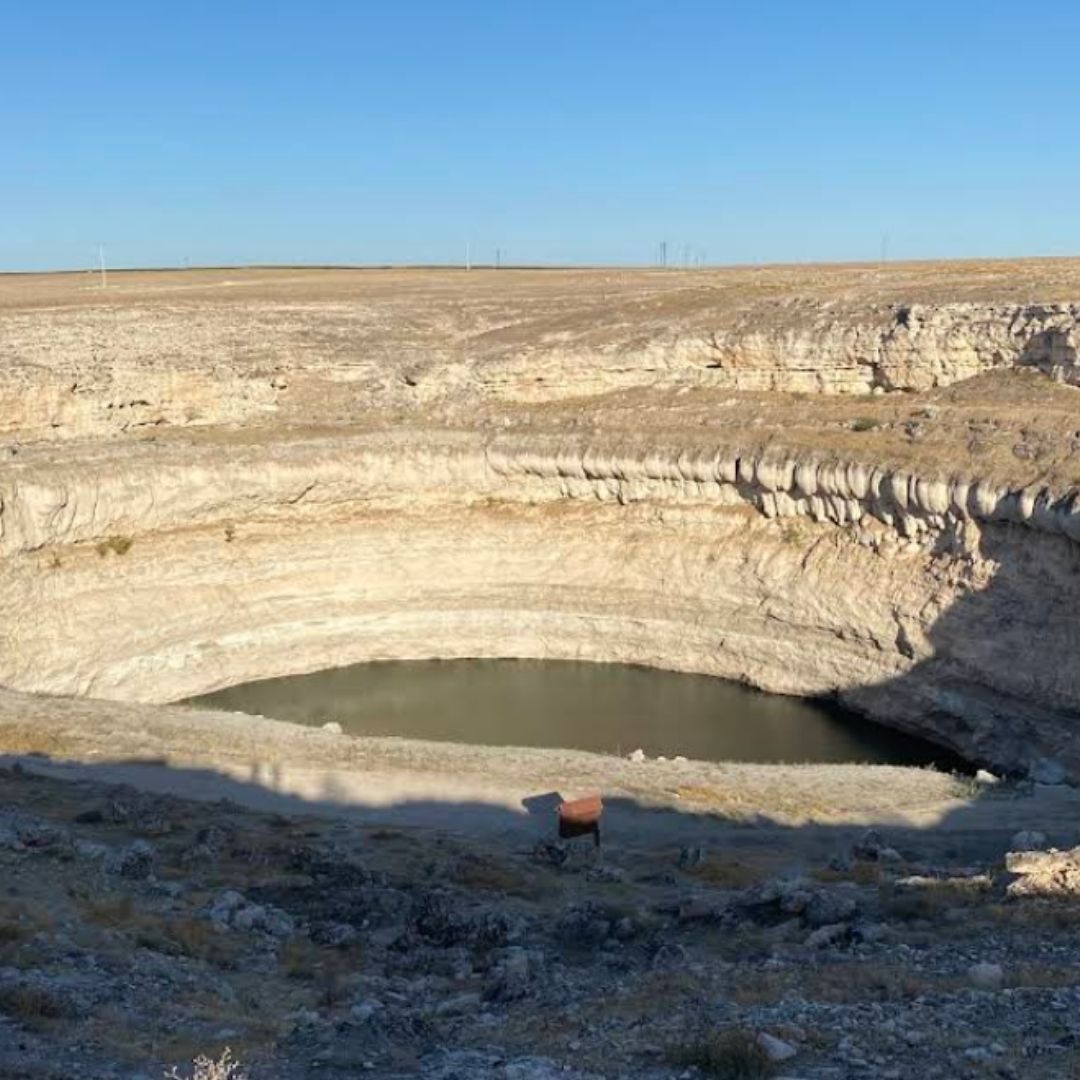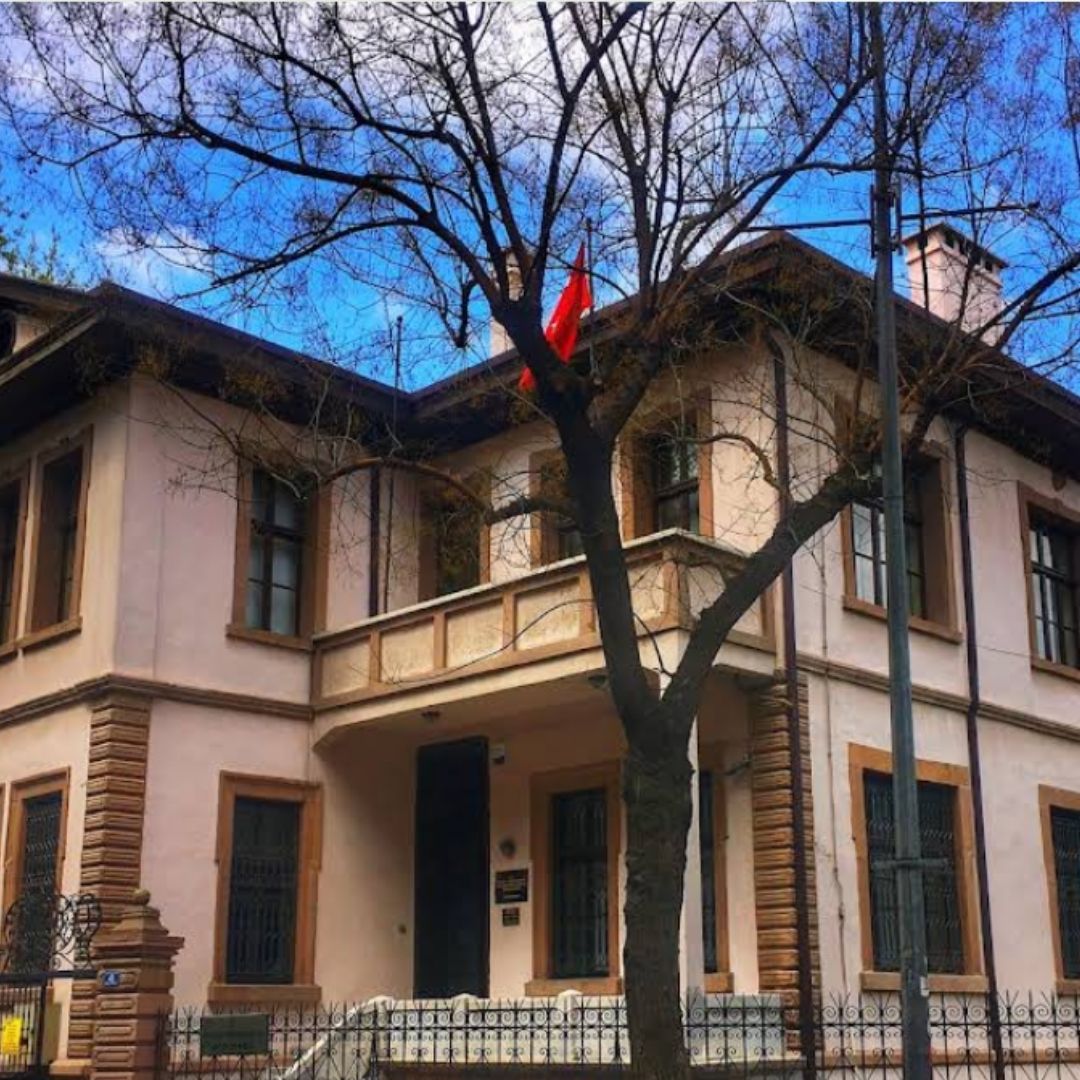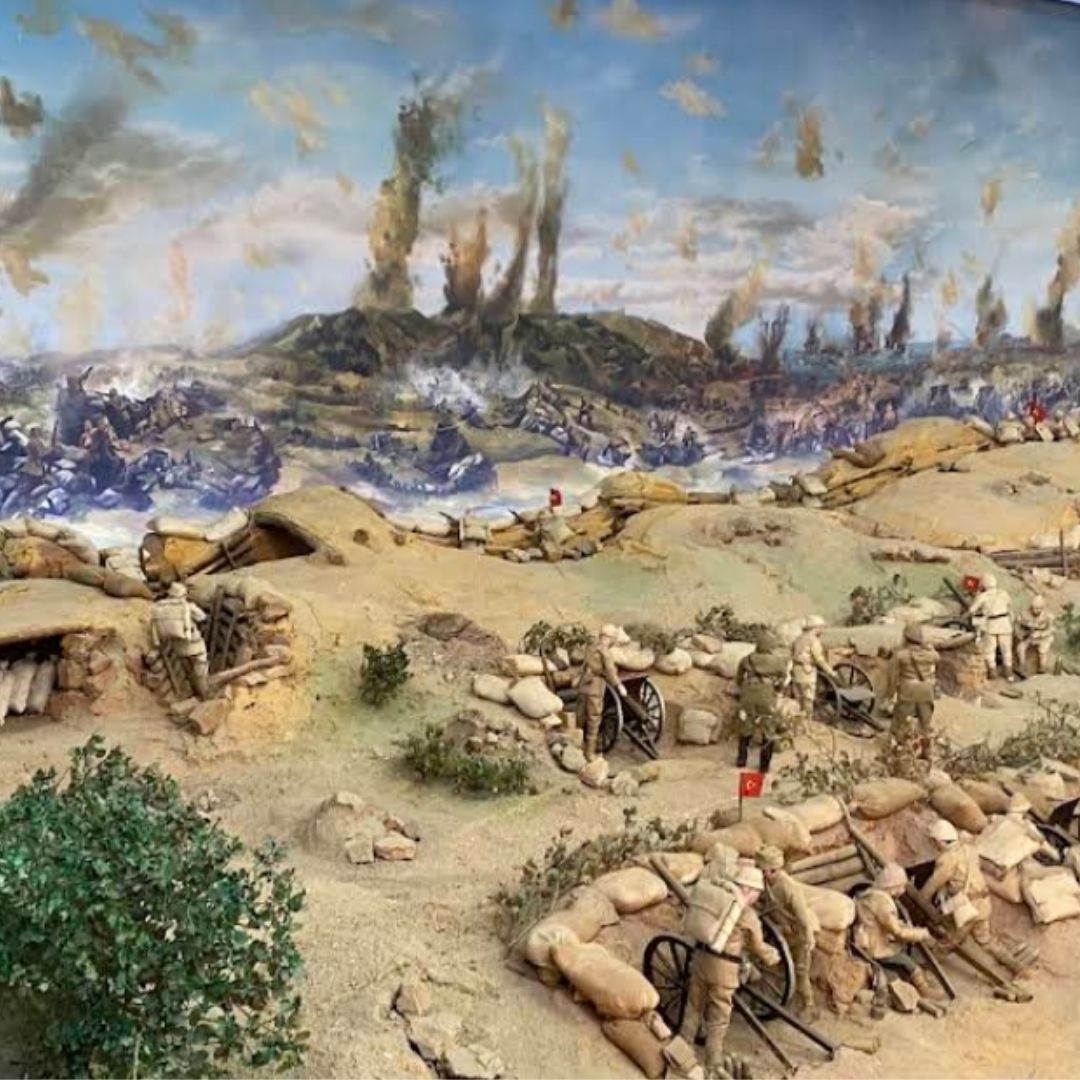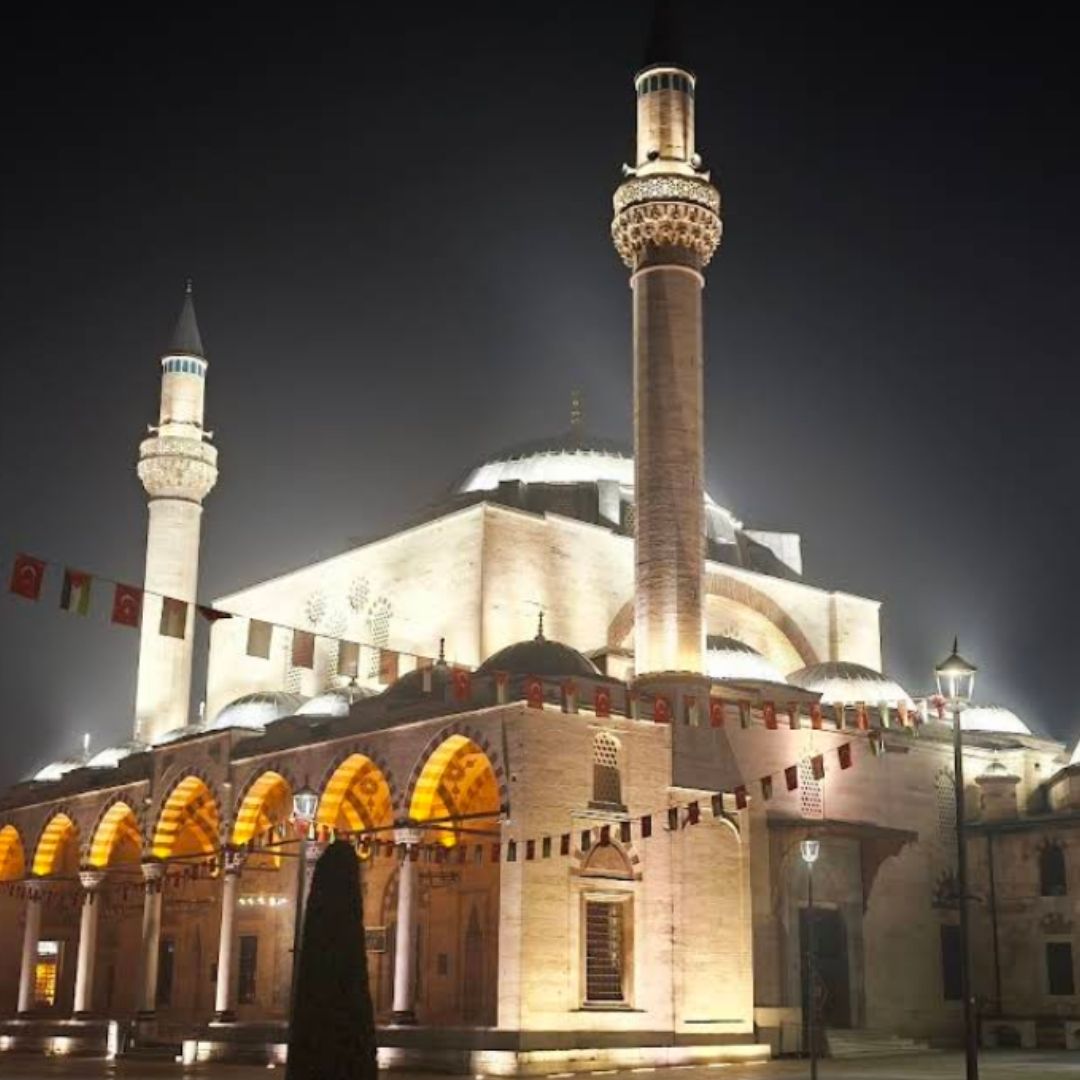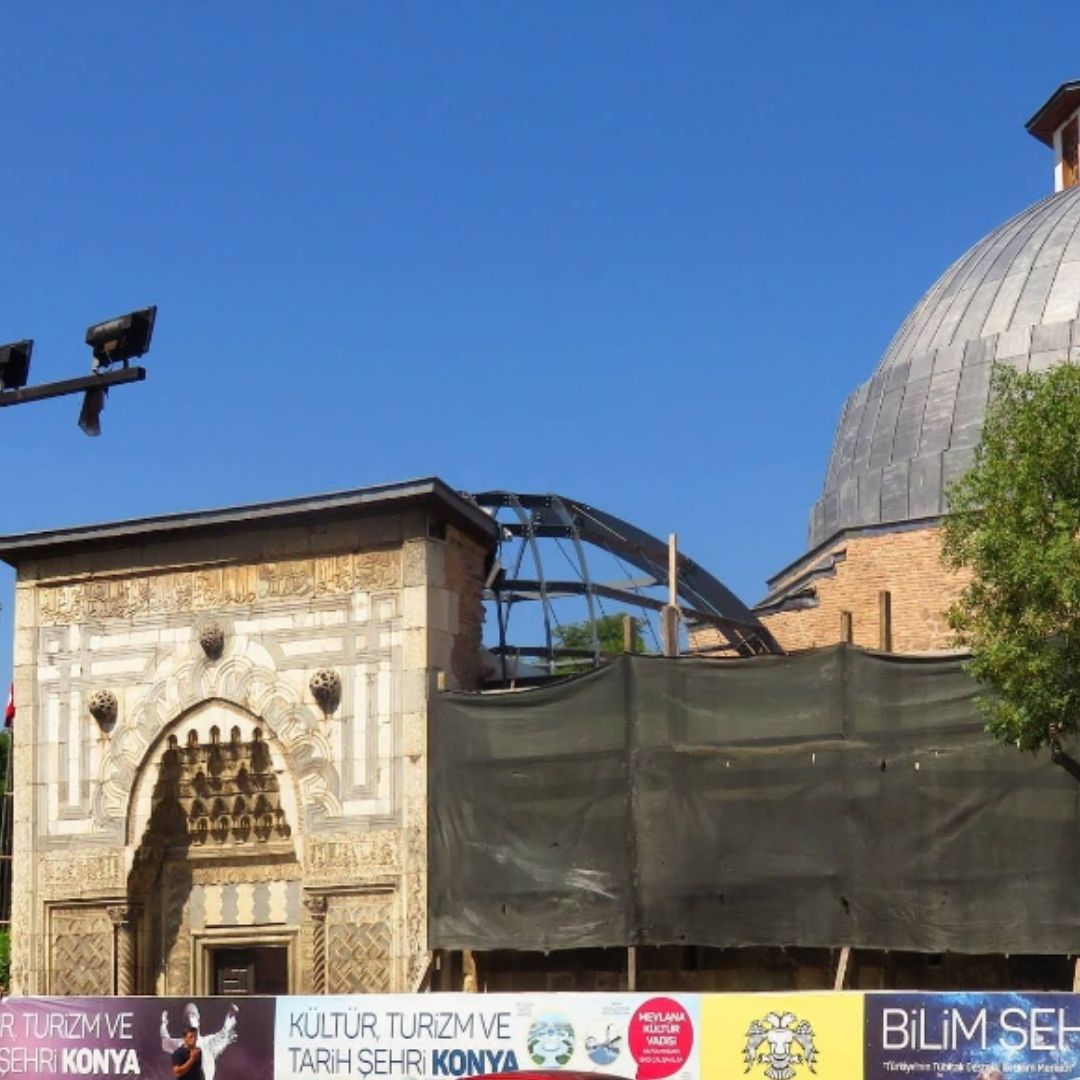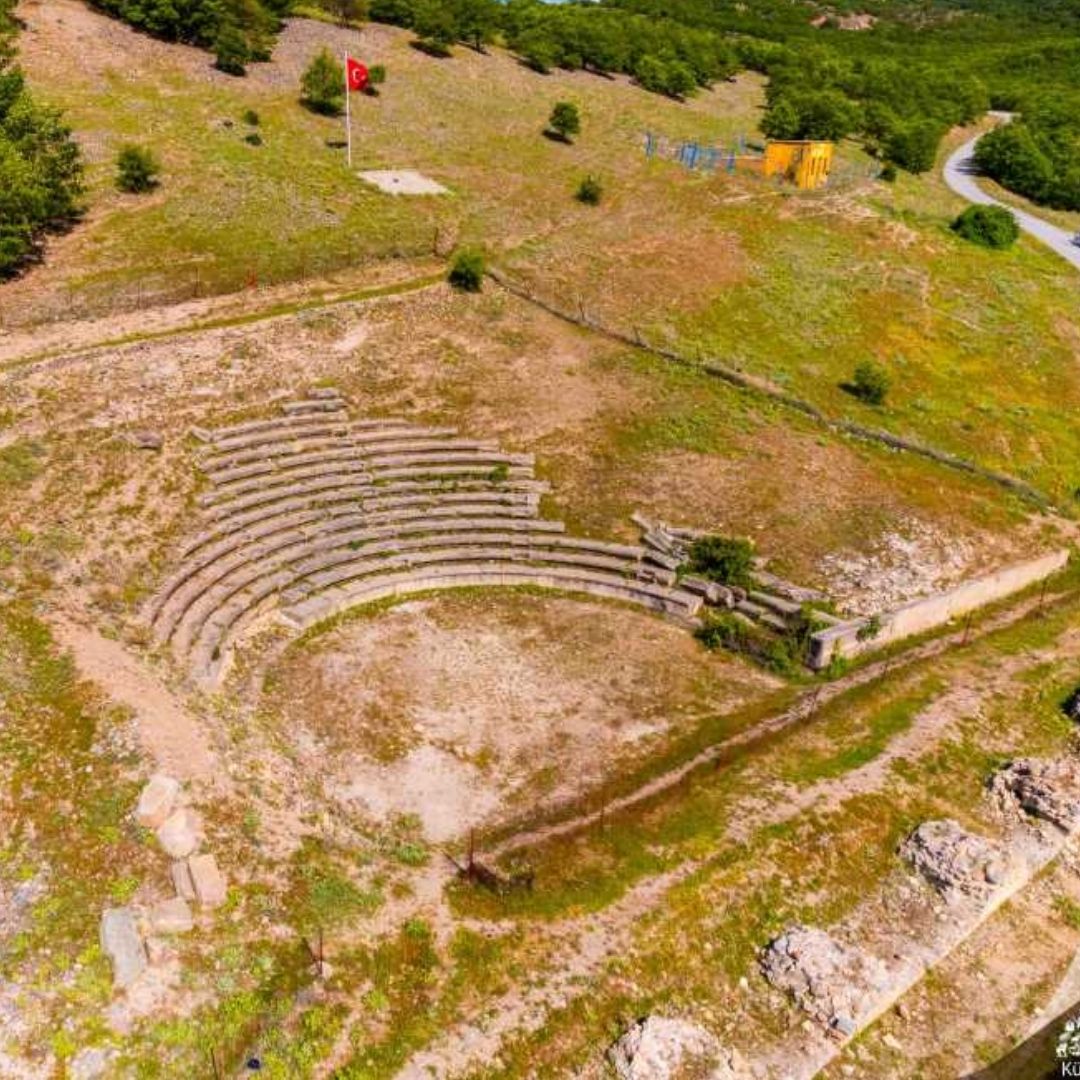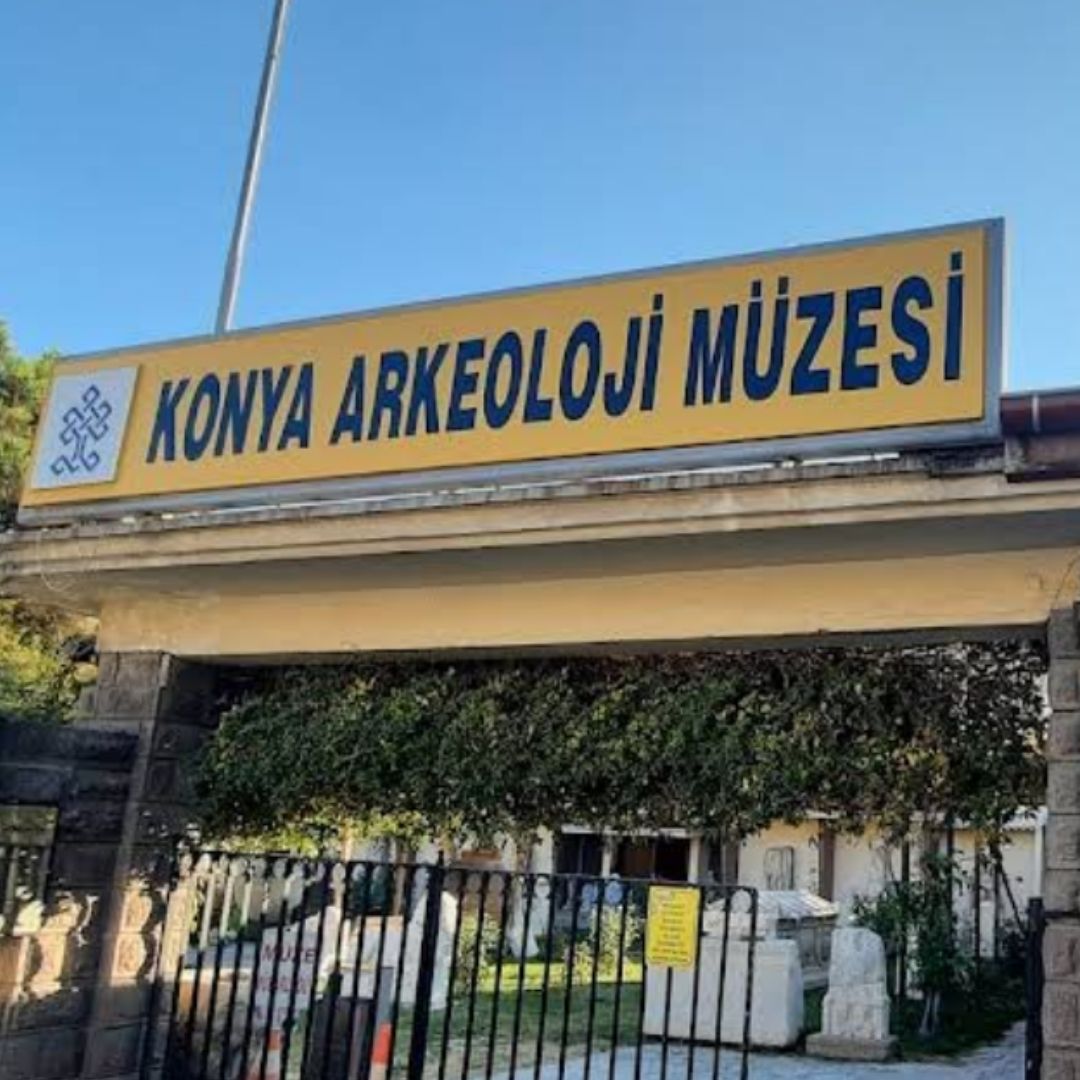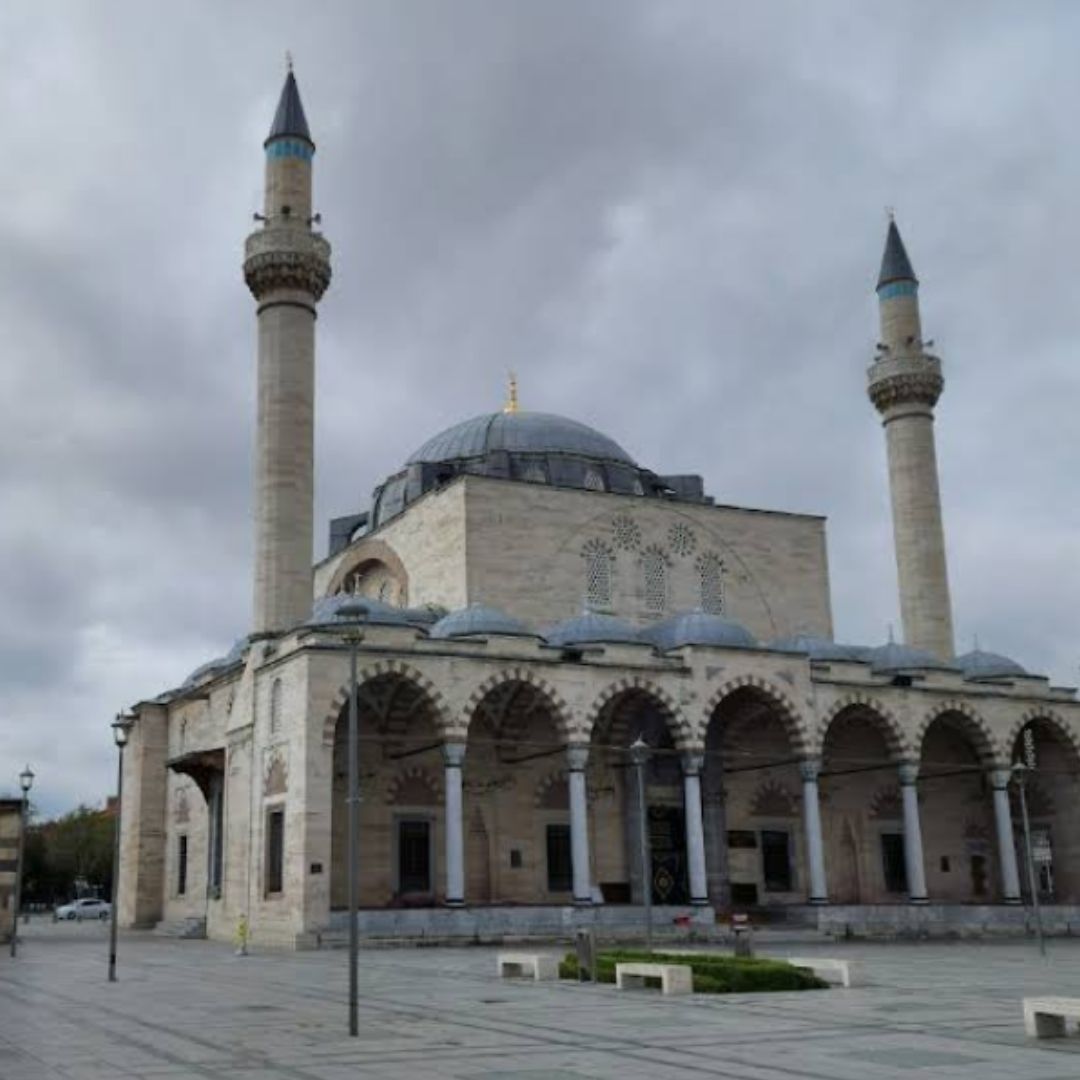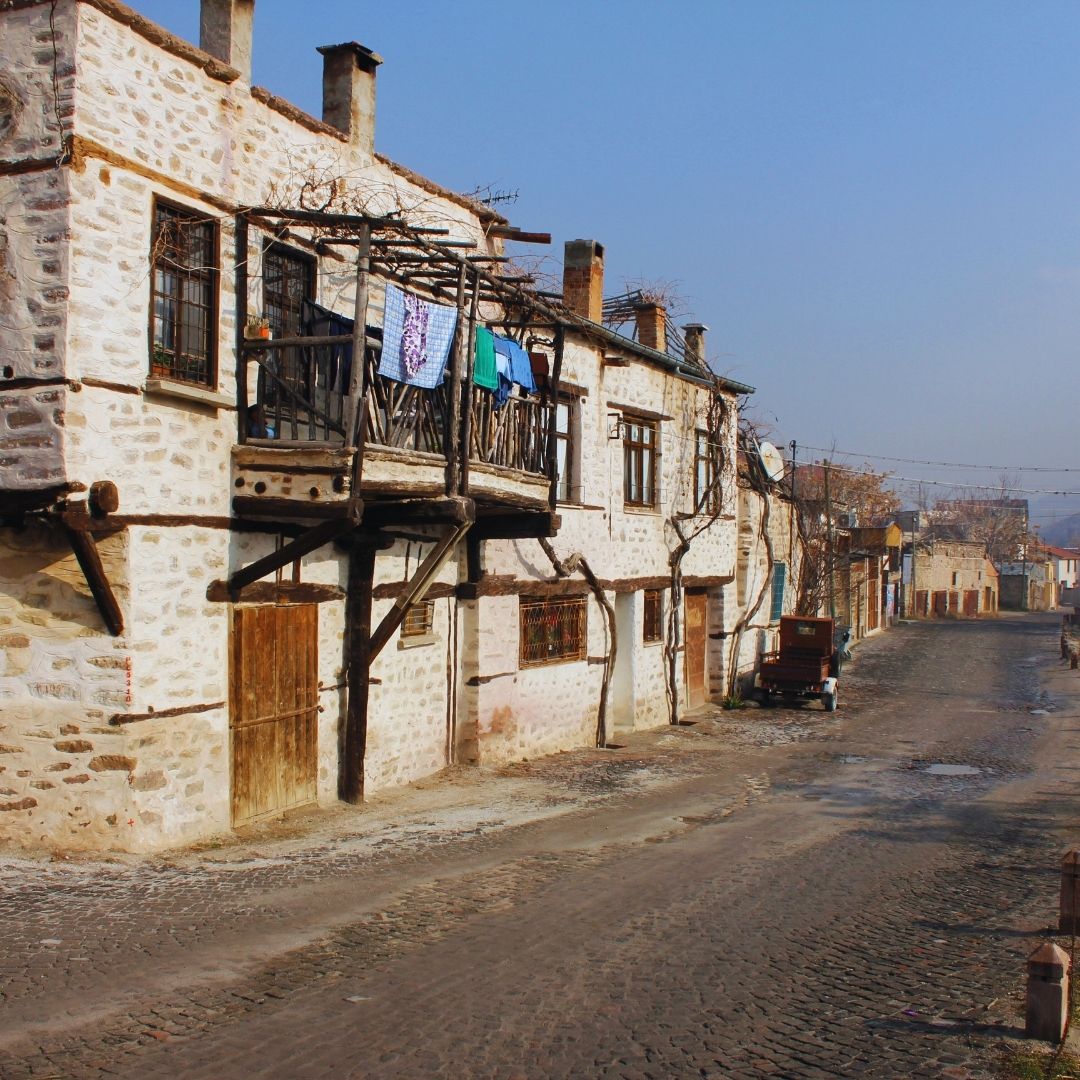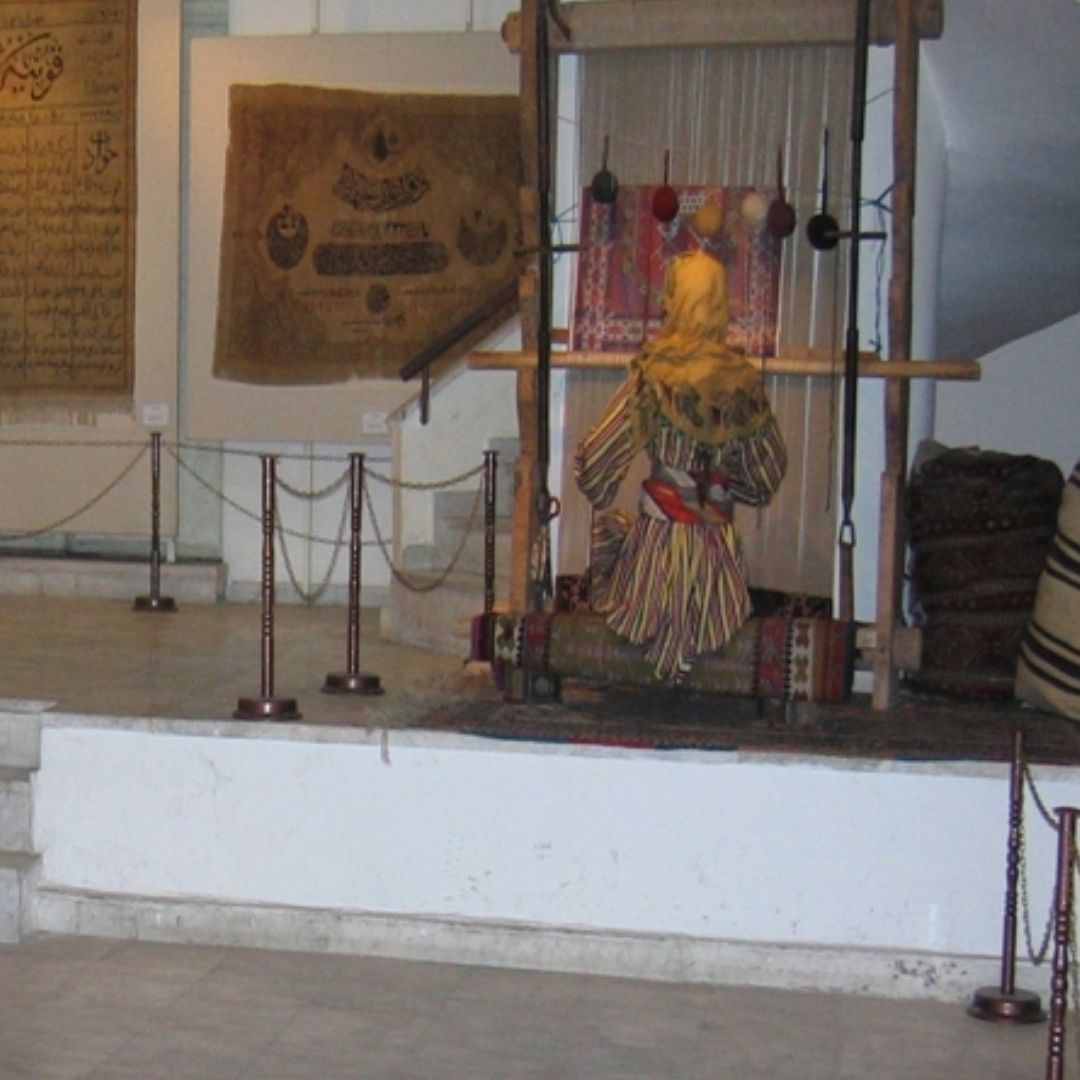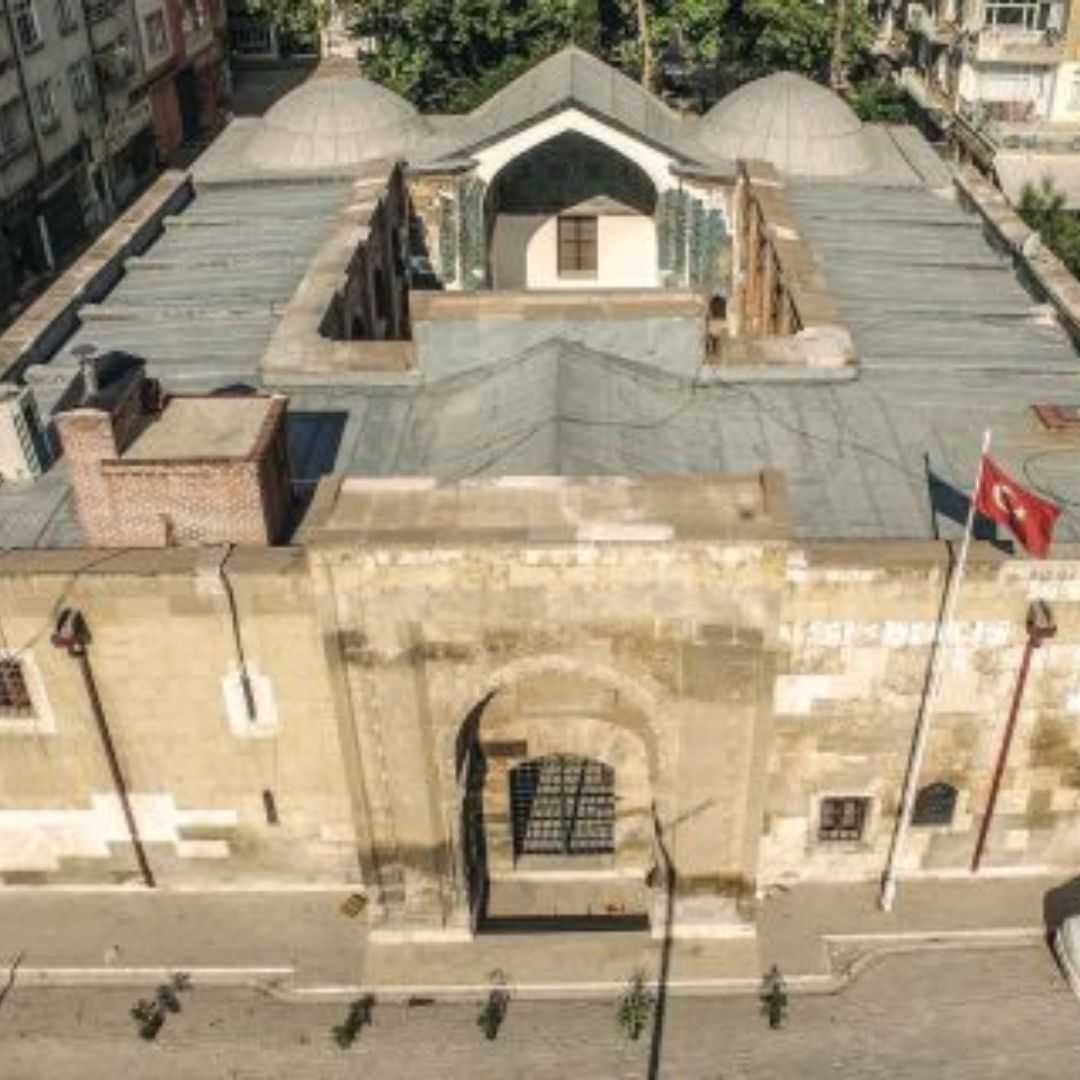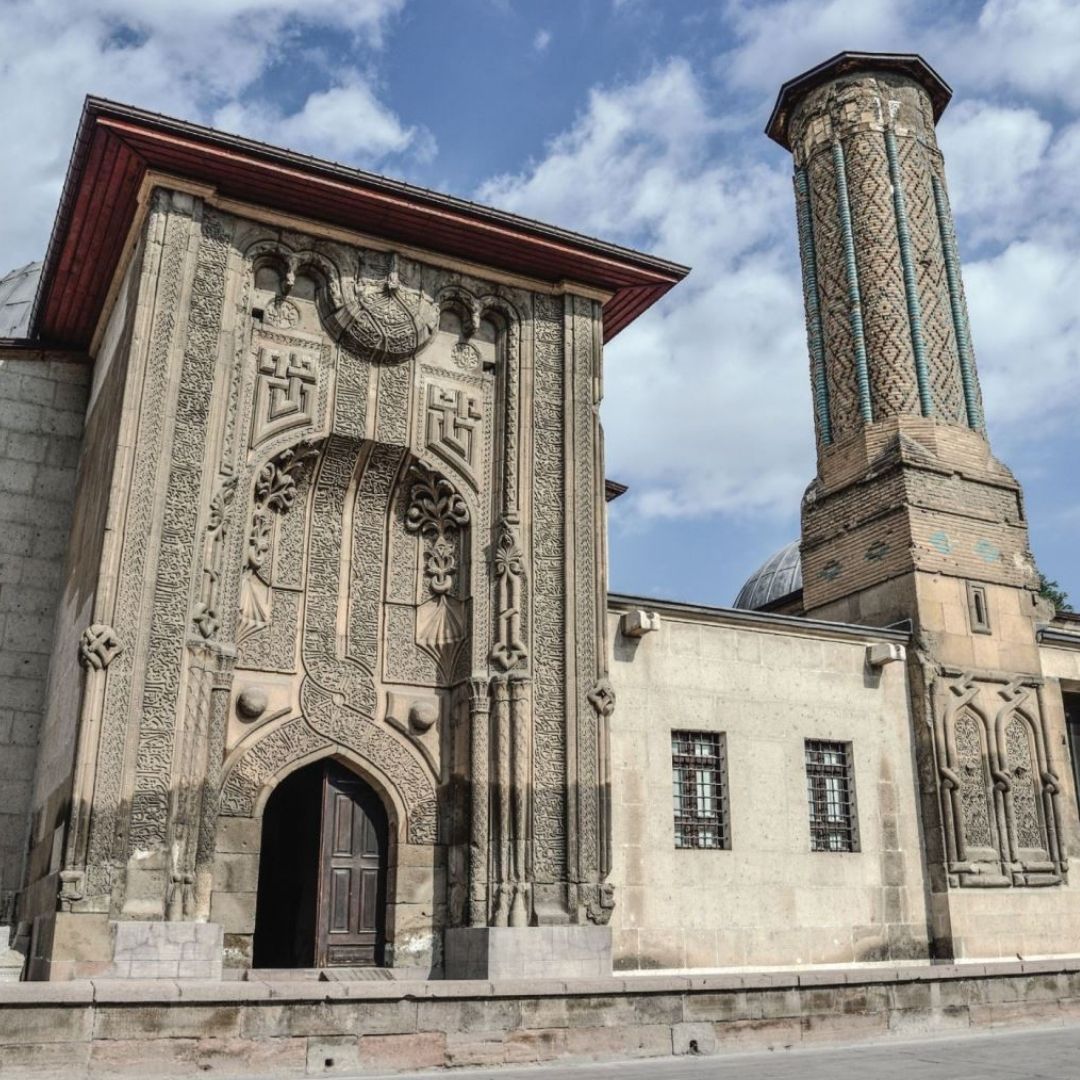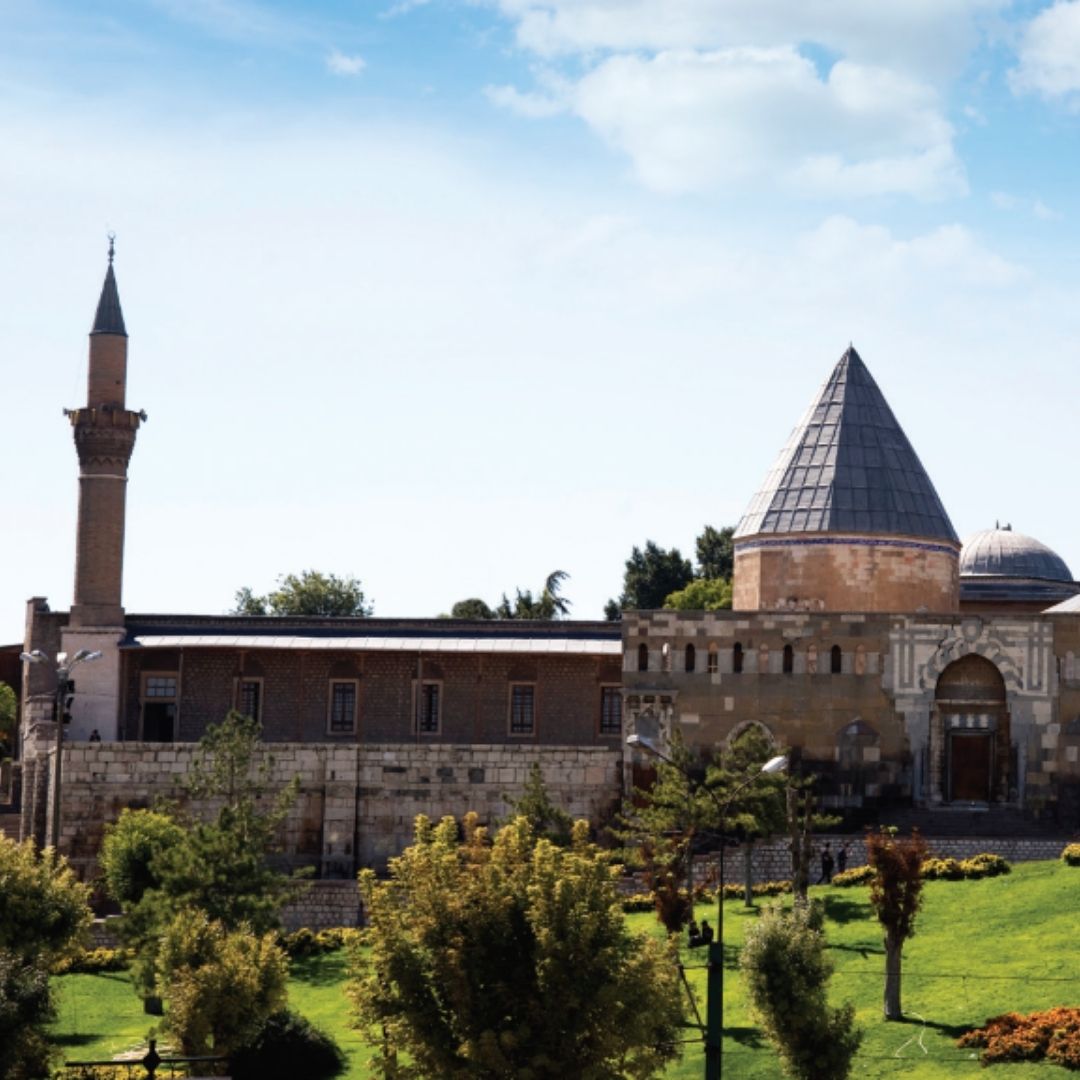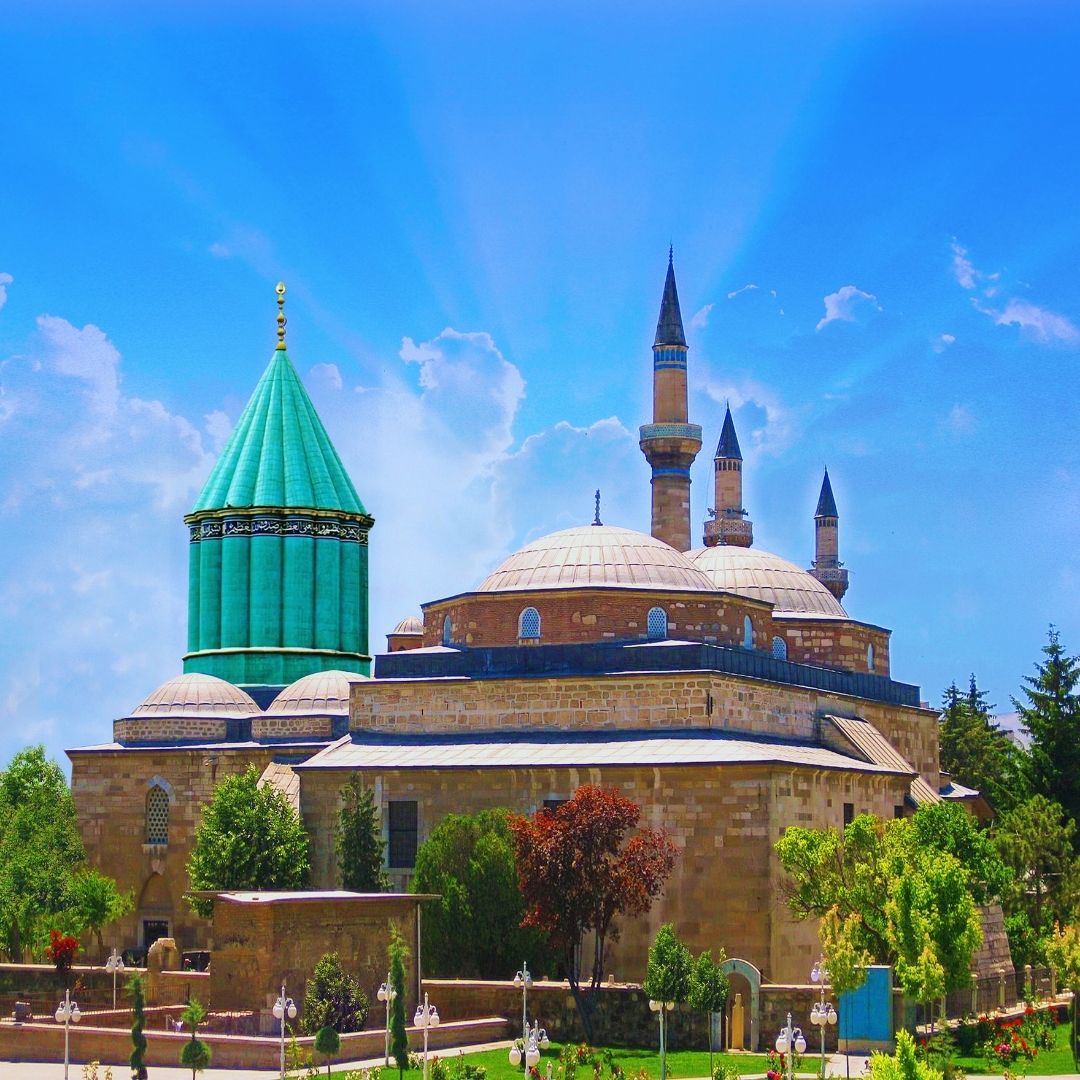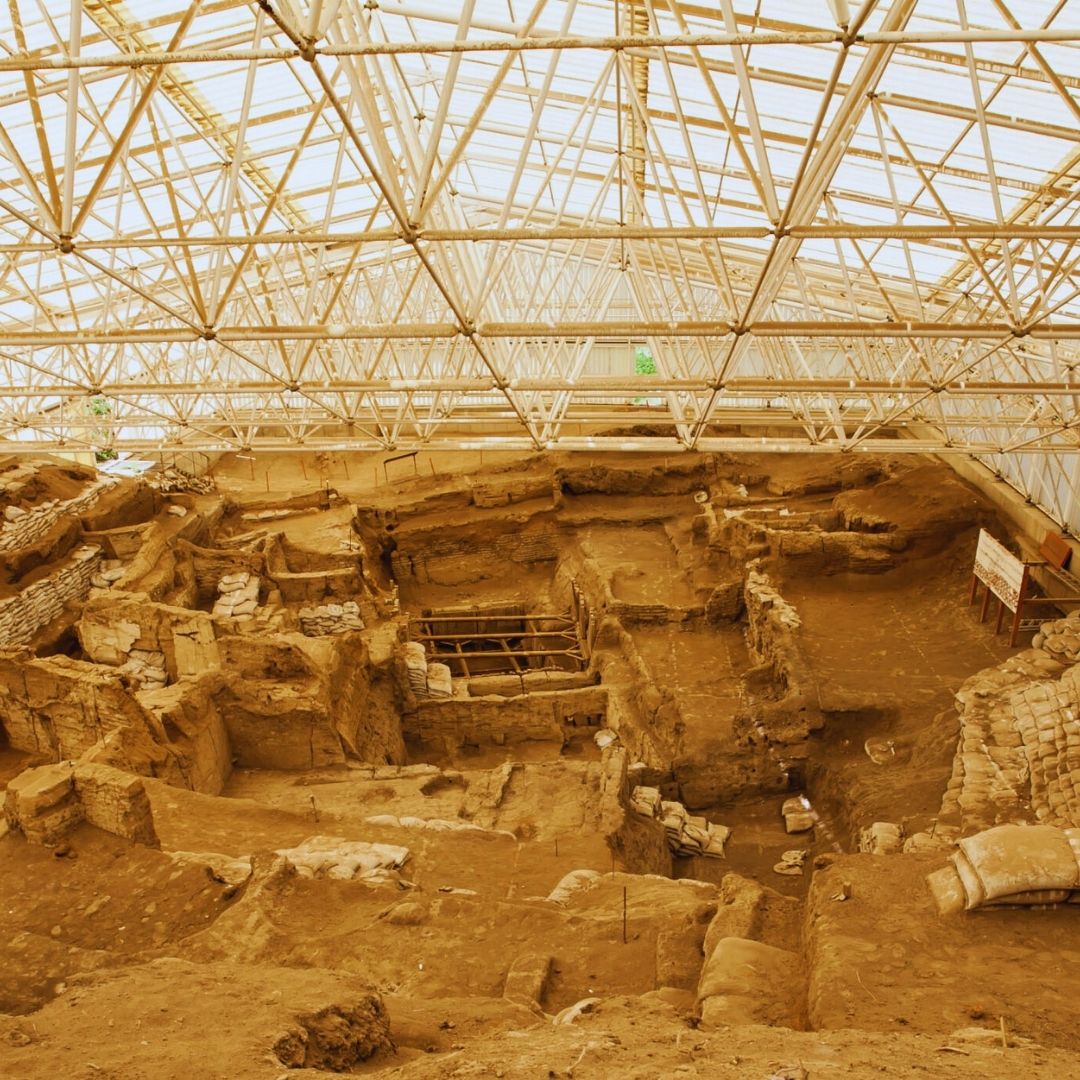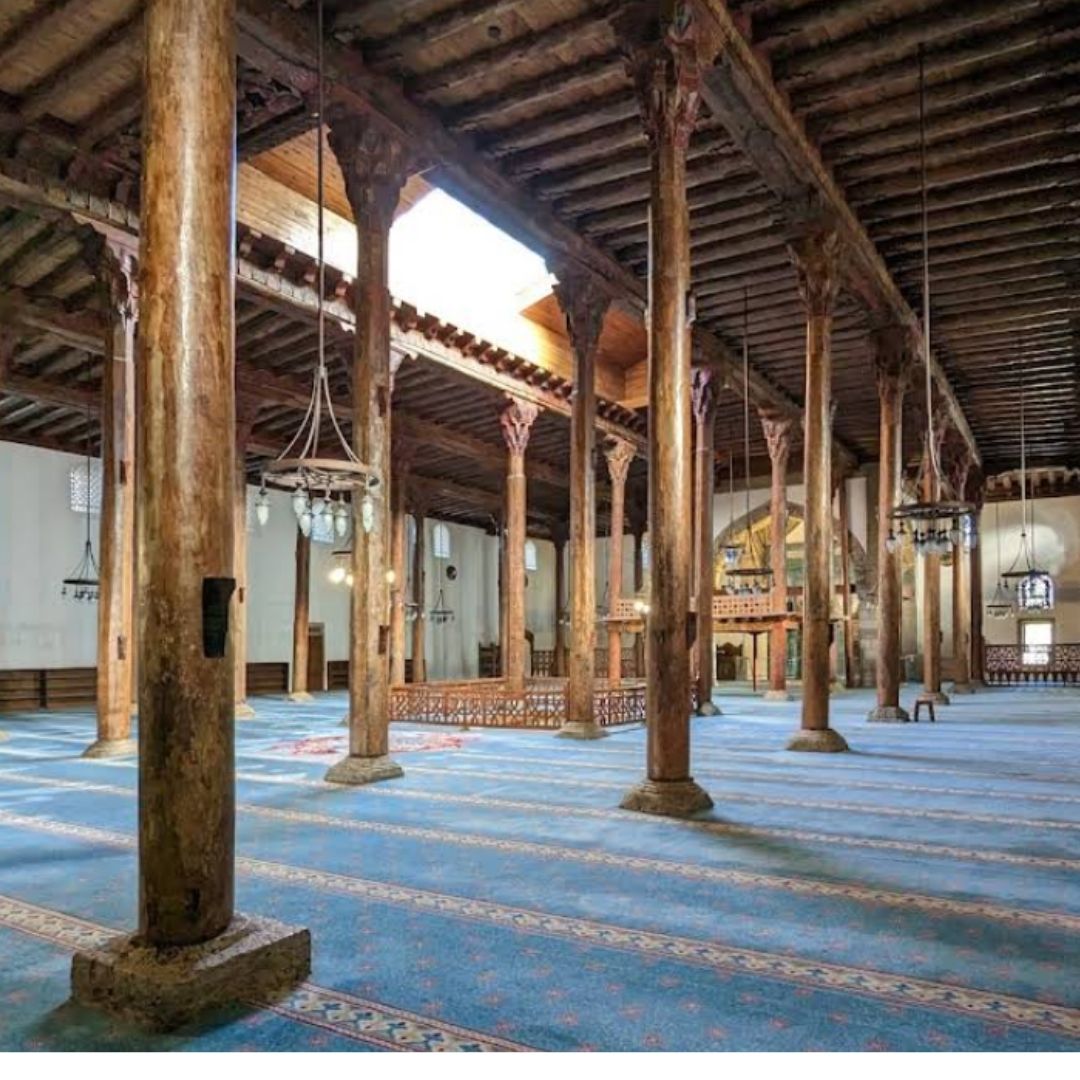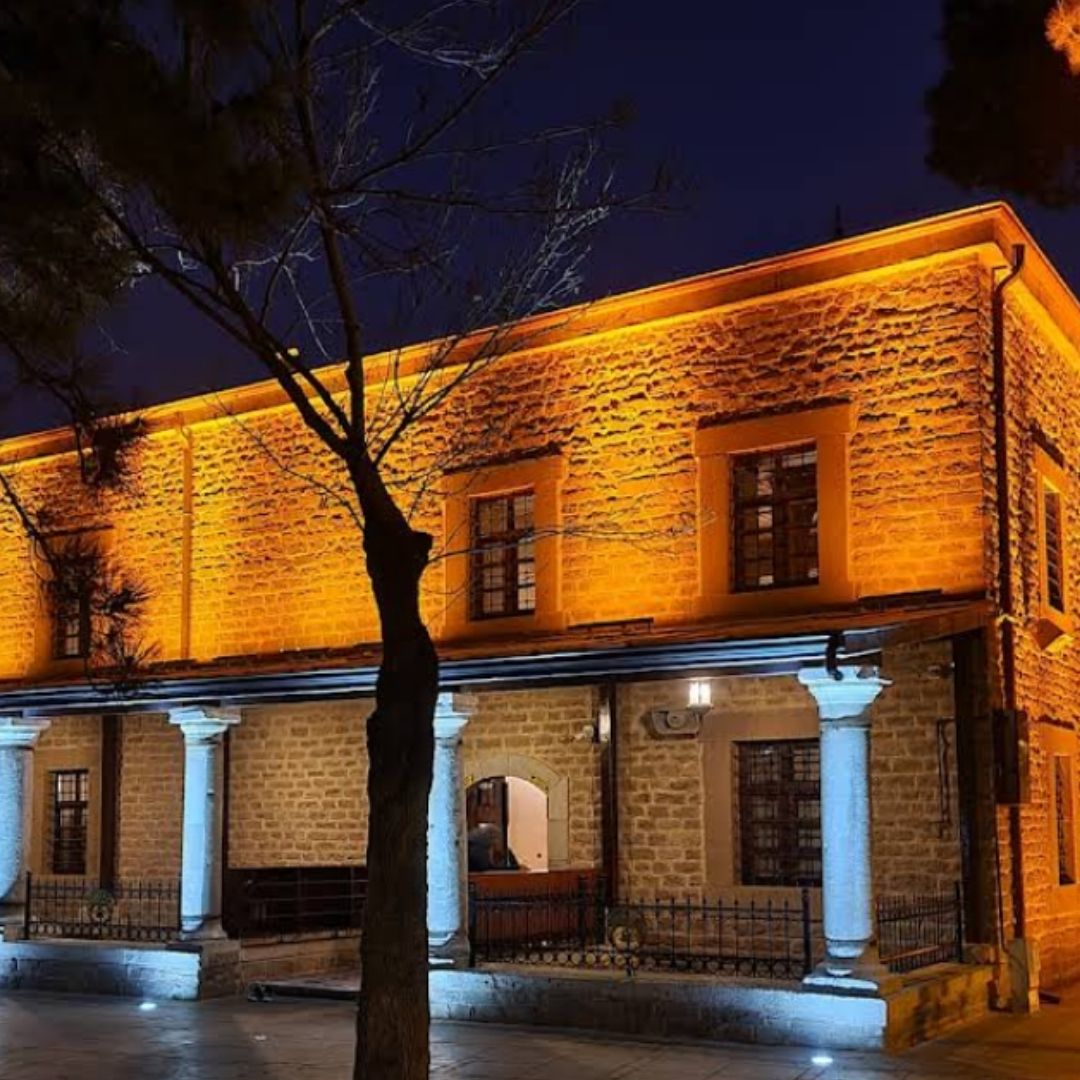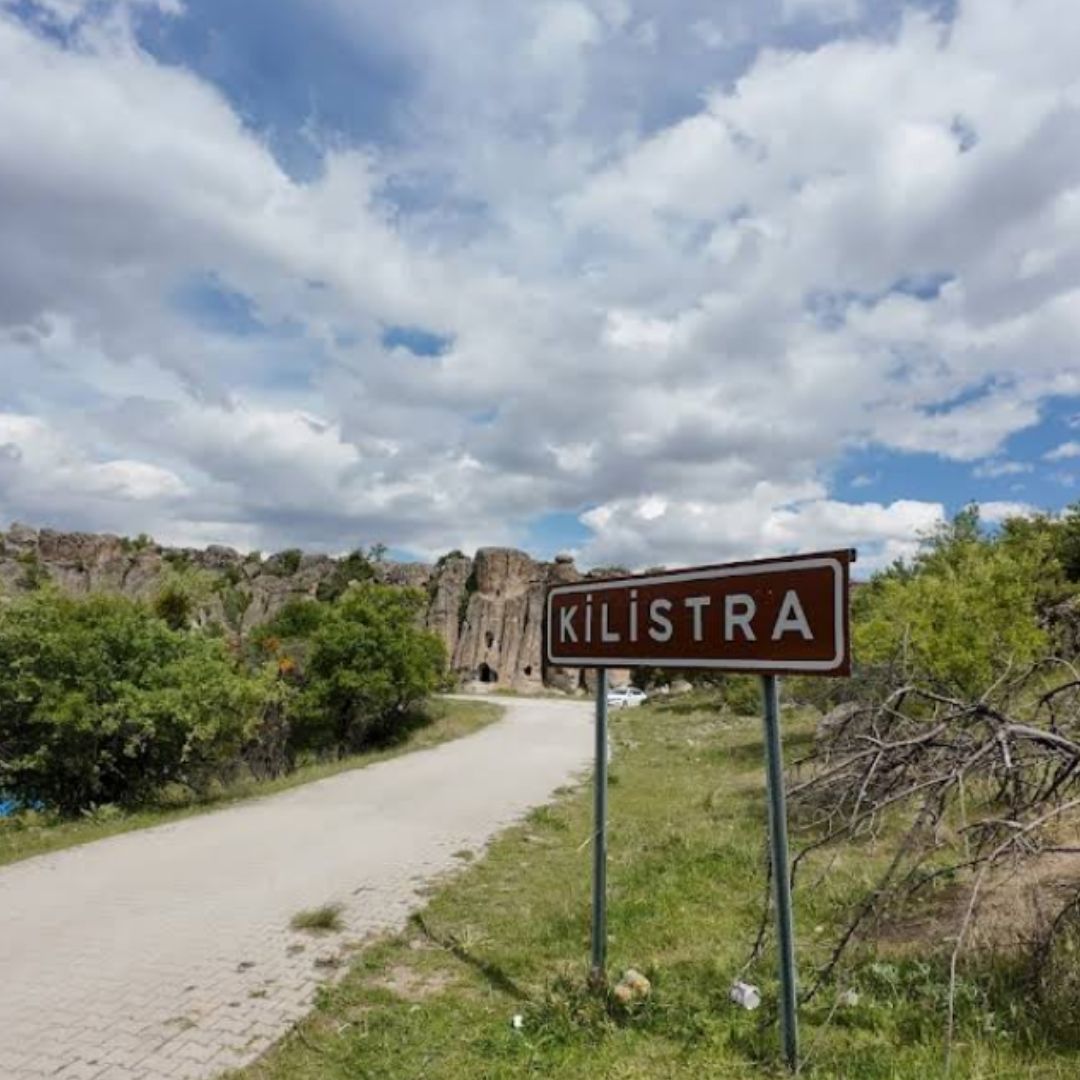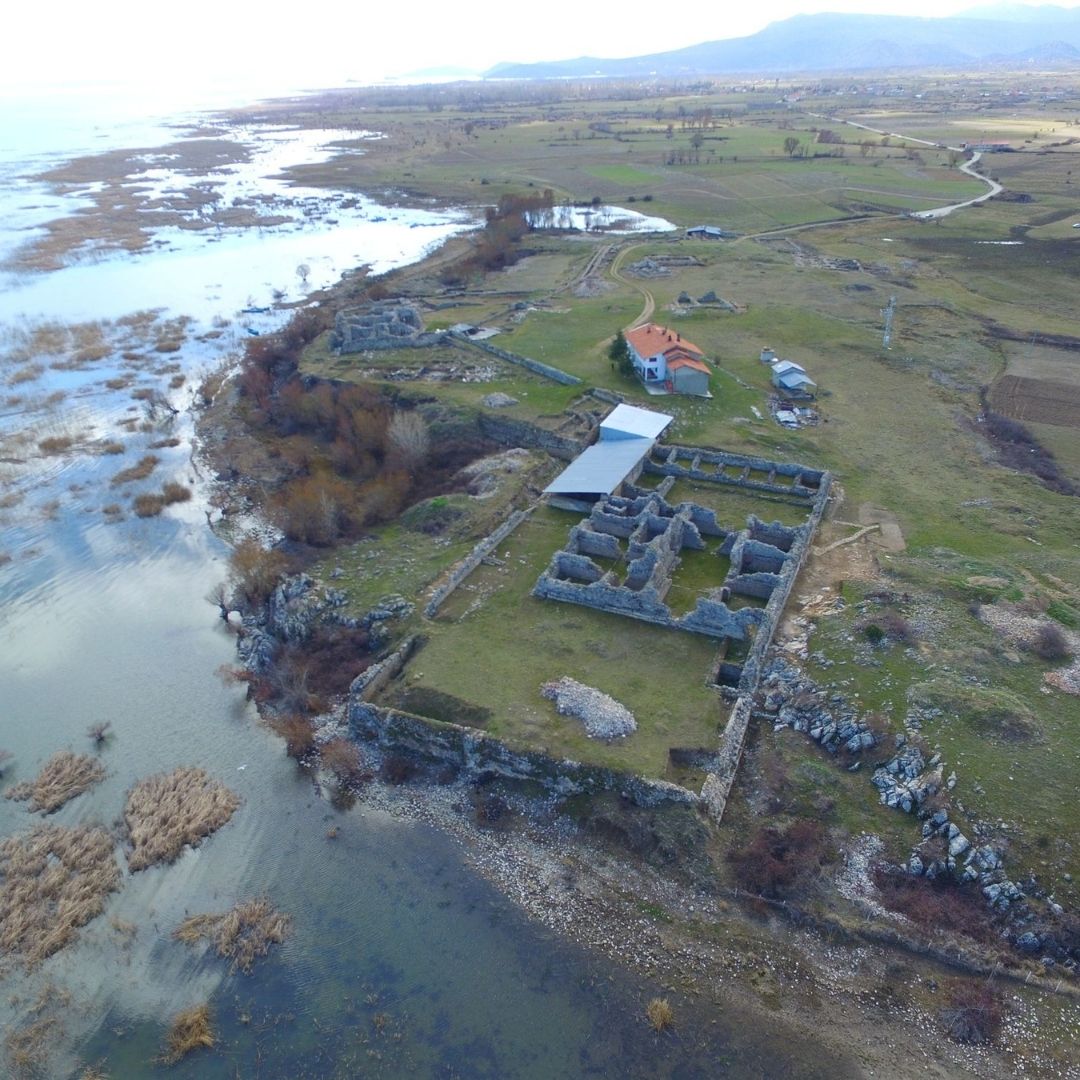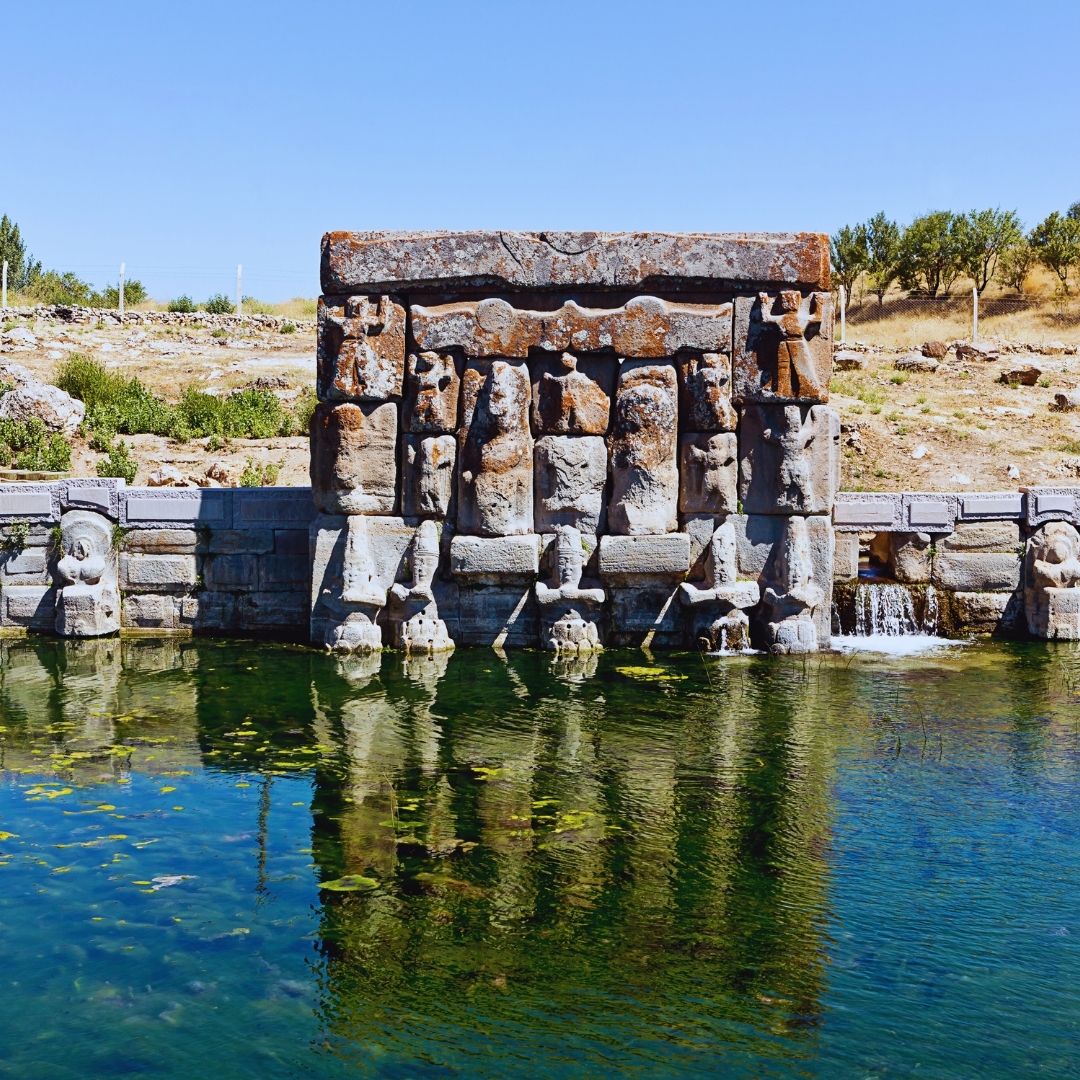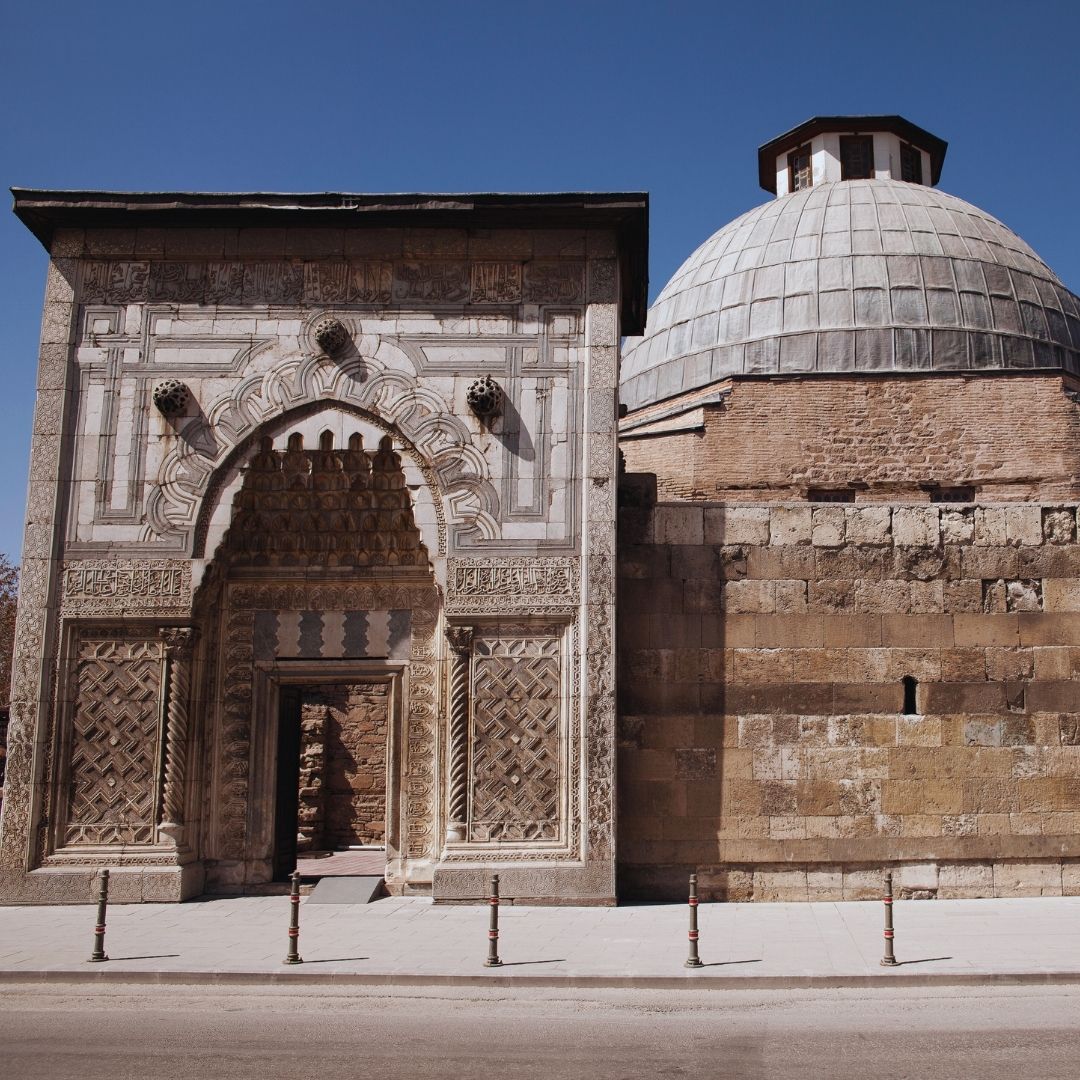Akşehir Nasreddin Hodja Archaeology and Ethnography Museum
Akşehir Nasreddin Hodja Archaeology and Ethnography Museum
Travel Point Overview
Nasreddin Hodja was a renowned scholar and humorist who lived in 13th-century Anatolia. He is famous for his witty stories, wisdom, and humor that conveyed deep moral lessons. He is believed to have been born in 1208 in Sivrihisar, Eskişehir, but spent mo
Akşehir Nasreddin Hodja Archaeology and Ethnography Museum
📍 Location: Akşehir, Konya
🏛 Year of Construction: 1904 (Rüştü Bey Inn), Early World War I (Rüştü Bey Mansion)
🎭 Architectural Style: A combination of traditional Turkish and Armenian craftsmanship
🔹 Purpose: Archaeology and ethnography museum
Who Was Nasreddin Hodja?
Nasreddin Hodja was a renowned scholar and humorist who lived in 13th-century Anatolia. He is famous for his witty stories, wisdom, and humor that conveyed deep moral lessons. He is believed to have been born in 1208 in Sivrihisar, Eskişehir, but spent most of his life in Akşehir, Konya.
Respected for his wisdom, Nasreddin Hodja was not only a humorous figure but also a teacher and a man of justice, using his fables to highlight everyday challenges, fairness, and common sense.
🛶 "Fermenting the Lake," 🐴 "Riding the Donkey Backward," and "The Center of the World is Here" are among his most famous stories, showcasing his unique perspective and humor.
Nasreddin Hodja passed away in Akşehir in 1284, and his tomb, located in Akşehir, remains a cultural landmark. Every July, the "International Nasreddin Hodja Festival" is held in his honor.
History and Architectural Features
The Nasreddin Hodja Archaeology and Ethnography Museum is housed in the Rüştü Bey Mansion, built by Akşehir’s investigating judge, Rüştü Bey. This building is one of the most important structures reflecting Akşehir’s multicultural past, as it was constructed by both Turkish and Armenian craftsmen.
The twin-house design includes a basement, ground floor, and two additional floors, built using mudbrick and stone materials.
In 1985, the structure was registered by the High Council of the Ministry of Culture, and in 1989, it was expropriated. After extensive restoration in 1992, it was opened as a museum.
Museum Sections and Exhibits
🏛 Ground Floor:
- Administrative offices
- Ethnographic and Archaeological Artifacts Storage
- Six exhibition rooms
🔹 Second Floor – Archaeological Artifacts Section
This floor exhibits artifacts from different civilizations, displayed in chronological order.
🔹 Third Floor – Ethnographic Artifacts Section
- Rooms featuring animated scenes from Nasreddin Hodja’s stories and his social gatherings
- A traditional Akşehir bridal room display
- Ethnographic artifacts from the Ottoman and Seljuk periods
- In the central hall, a 13th-century wooden door from Seyyid Mahmud Hayrânî Tomb and a sarcophagus from Sheikh Eyüb Tomb are exhibited
The Legacy of Nasreddin Hodja
In Akşehir, Nasreddin Hodja is an iconic figure. The museum preserves his legacy and showcases the rich cultural fabric of Akşehir through dedicated exhibits.
Why Visit the Nasreddin Hodja Archaeology and Ethnography Museum?
✅ Explore historical artifacts from the Ottoman and Seljuk periods.
✅ Visit sections dedicated to Nasreddin Hodja’s famous stories and Akşehir’s cultural heritage.
✅ Use the Advisormapp app to locate the museum and plan routes to other historical attractions in Akşehir.
A Journey Through Akşehir’s History
The Akşehir Nasreddin Hodja Archaeology and Ethnography Museum is a cultural and historical treasure that showcases the region’s diverse heritage, Ottoman and Seljuk-era artifacts, and the legacy of Nasreddin Hodja. For anyone interested in history, folklore, and Anatolian culture, this museum is a must-visit destination.
📍 Plan your entire trip and itinerary with the Advisormapp app! 🚀✨

